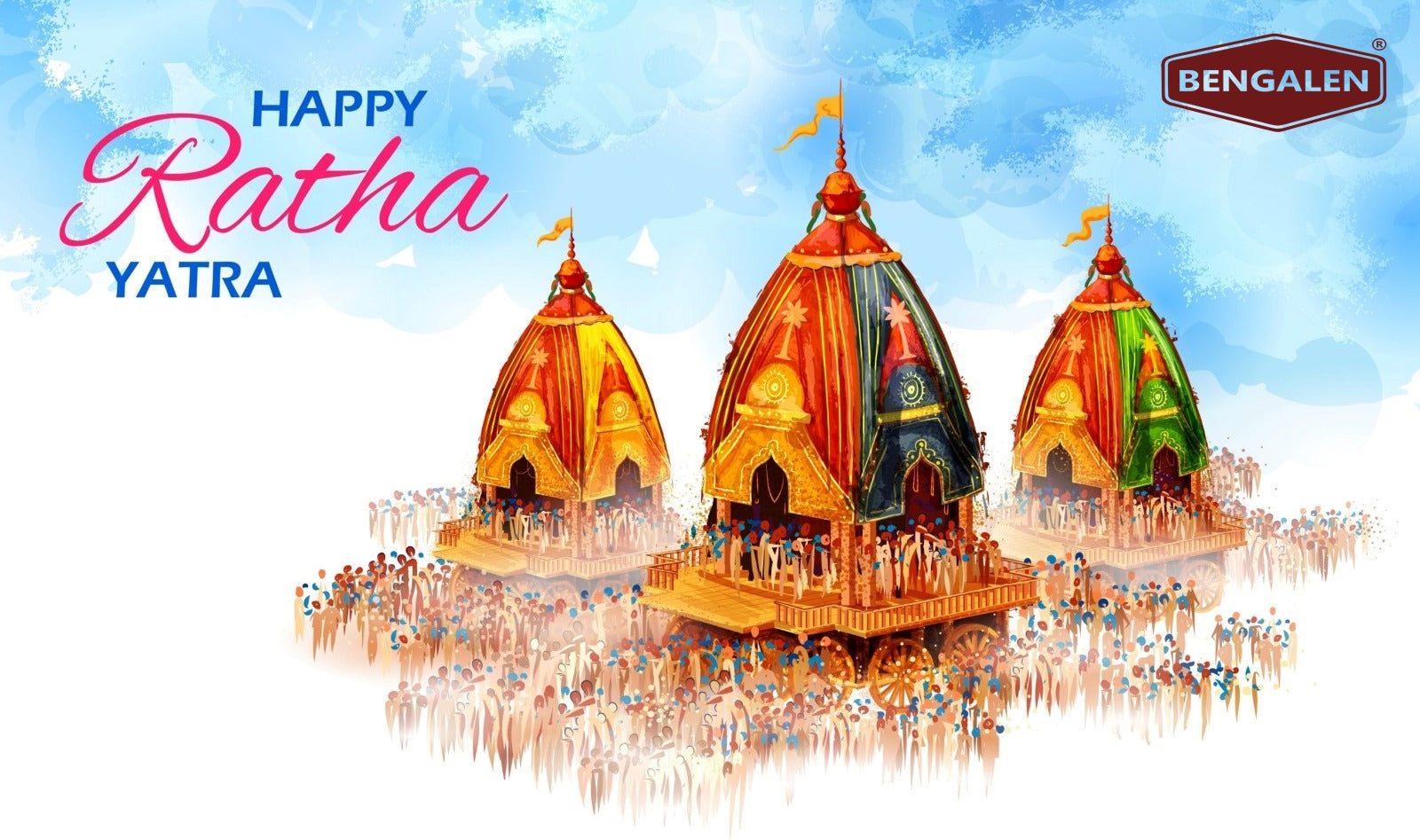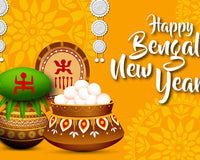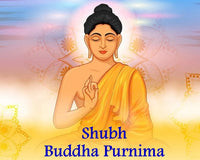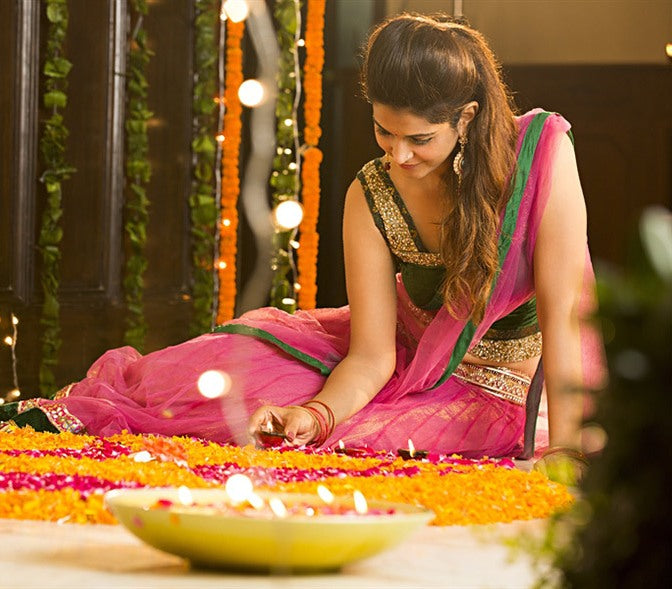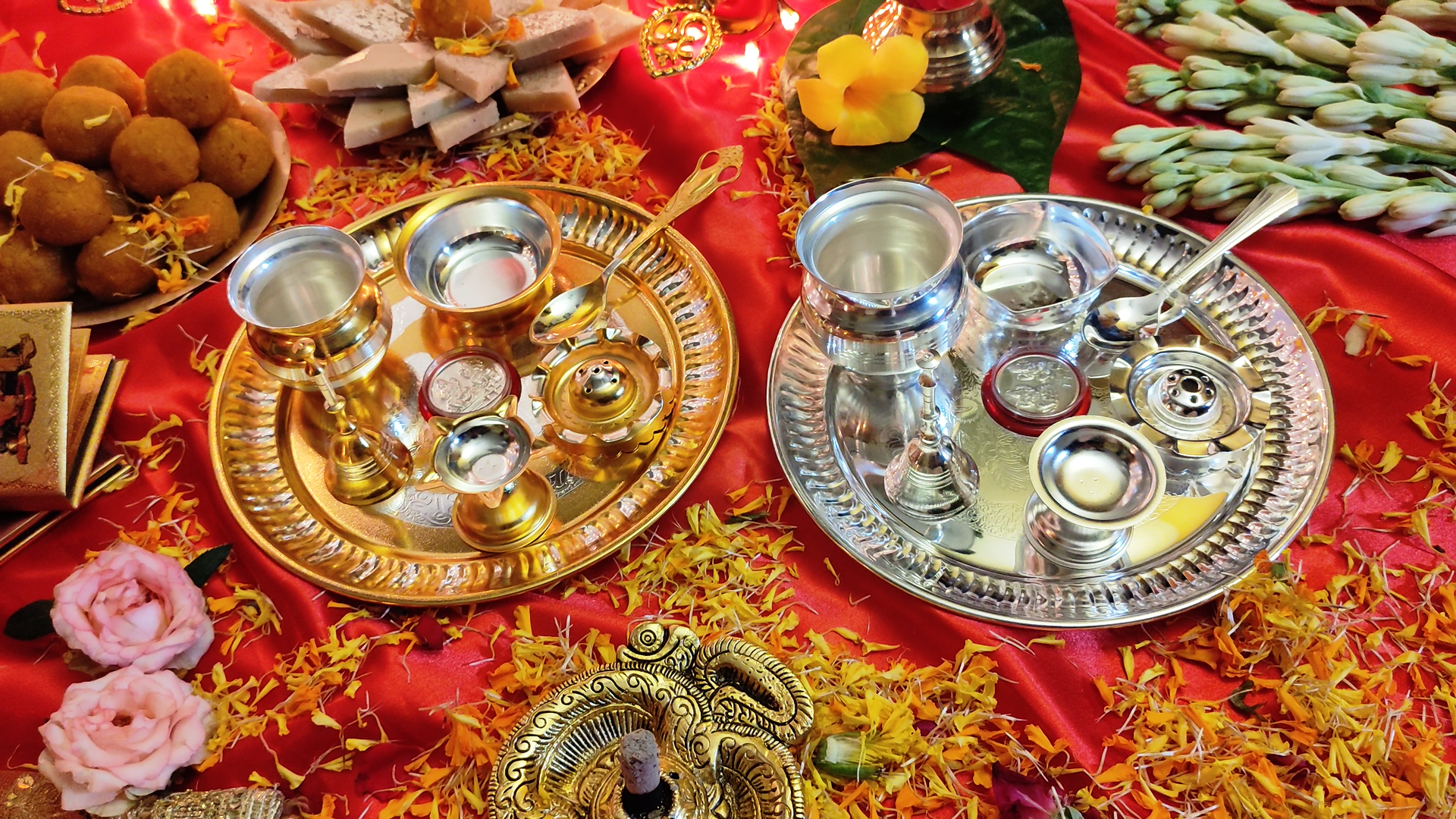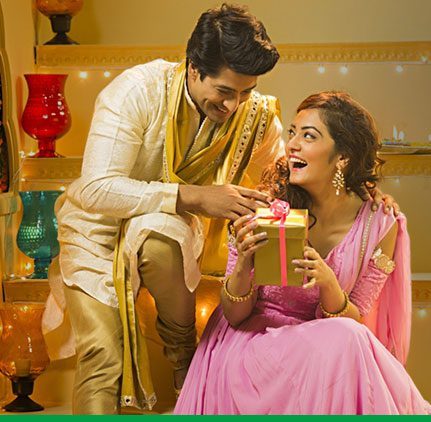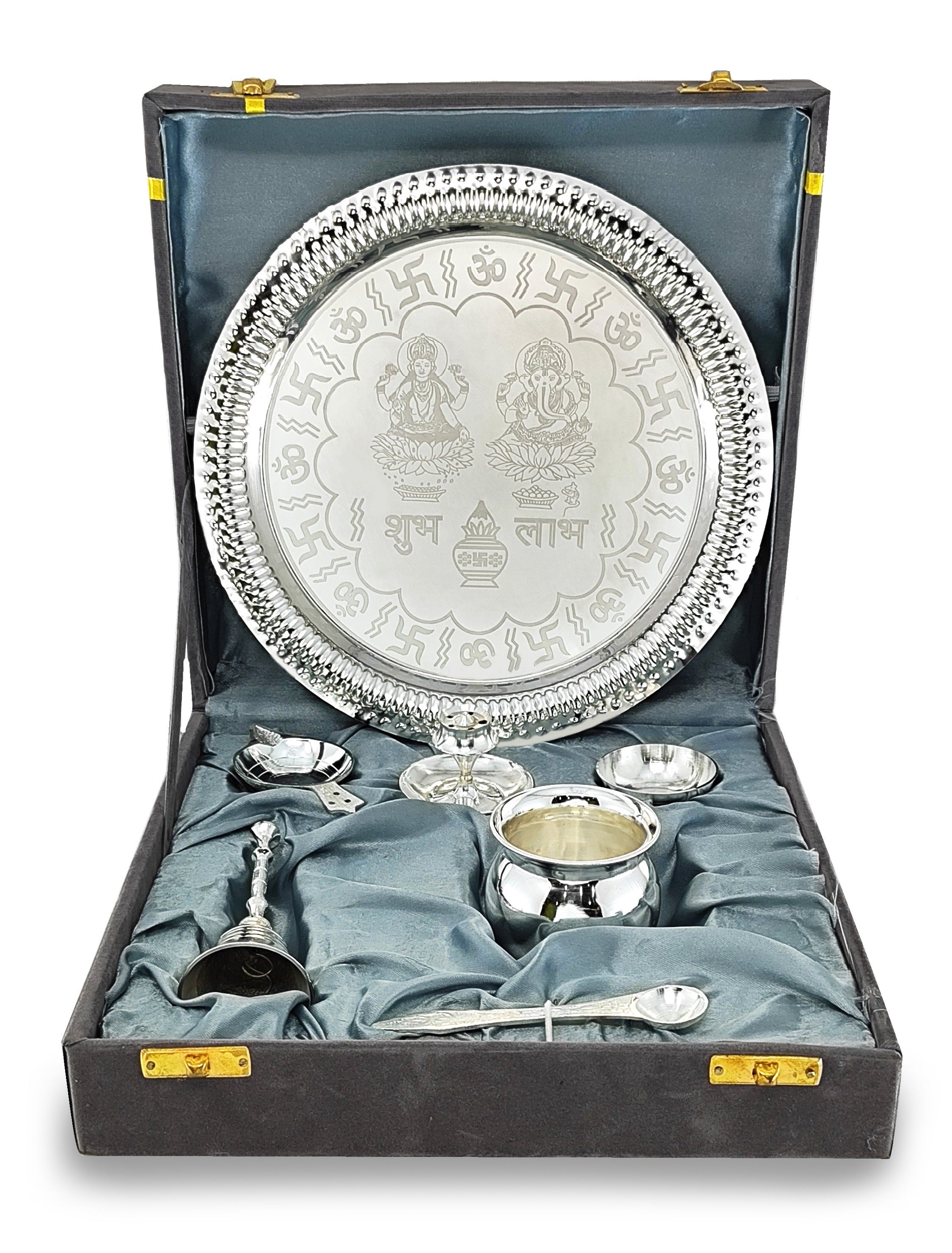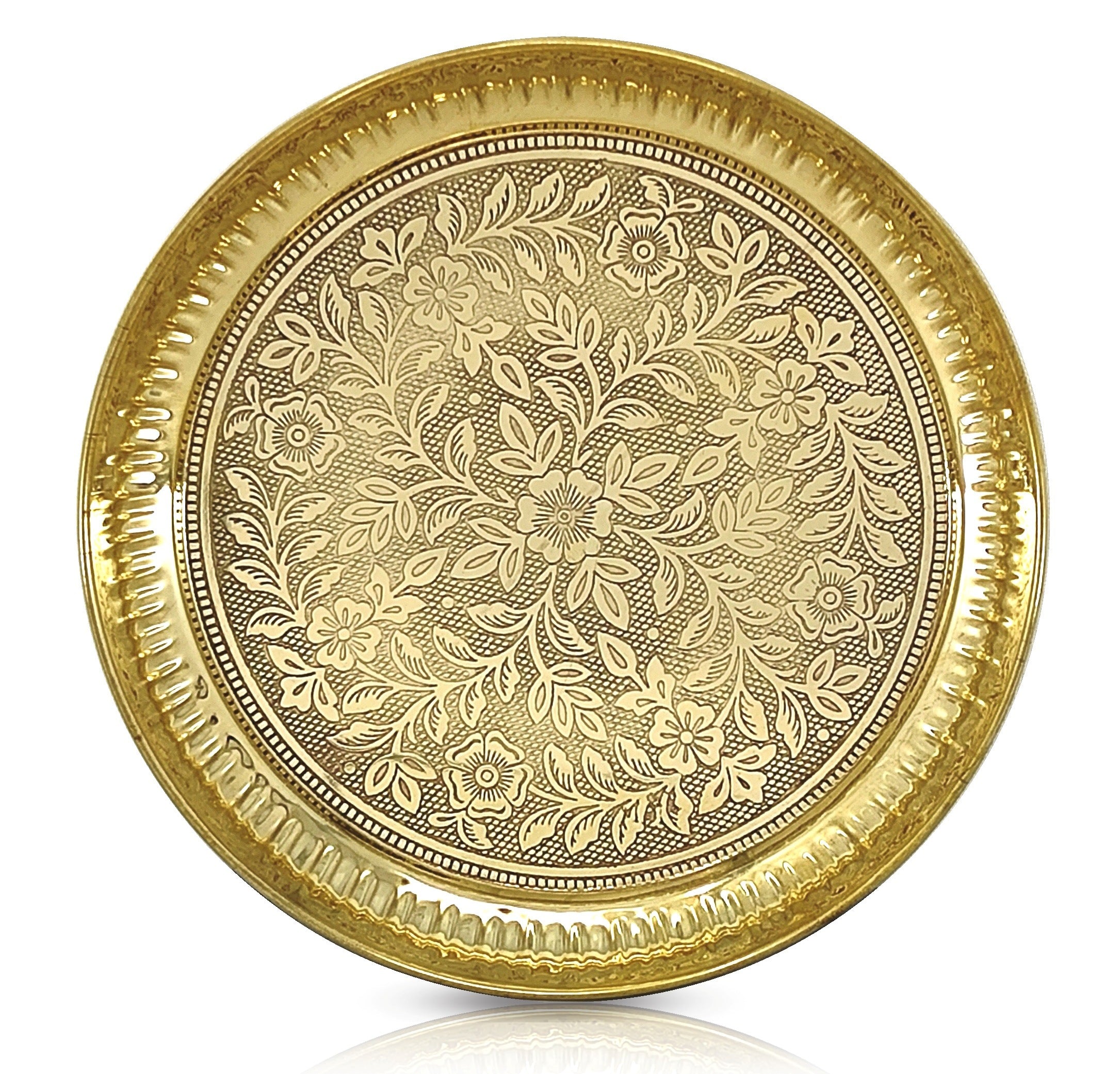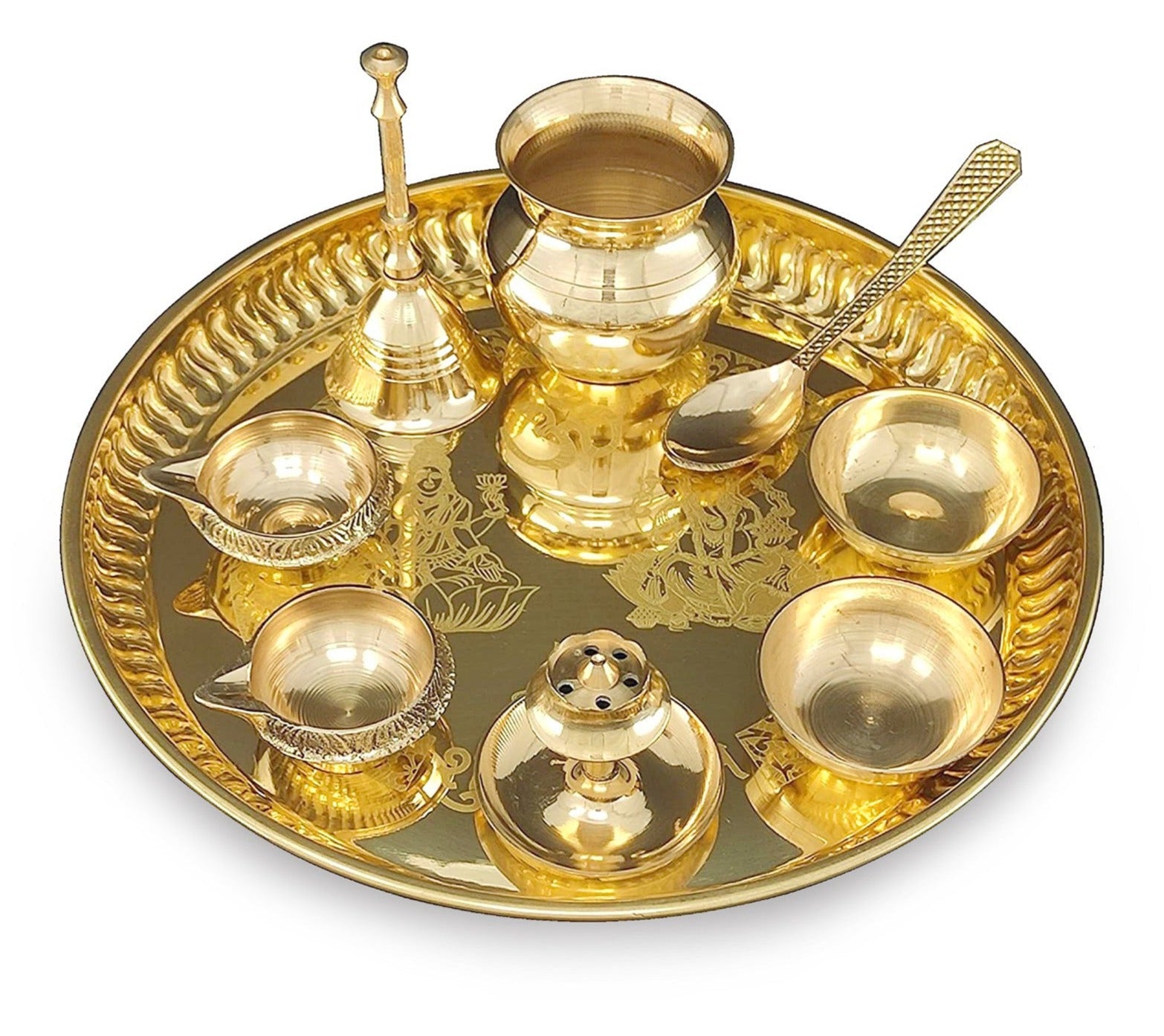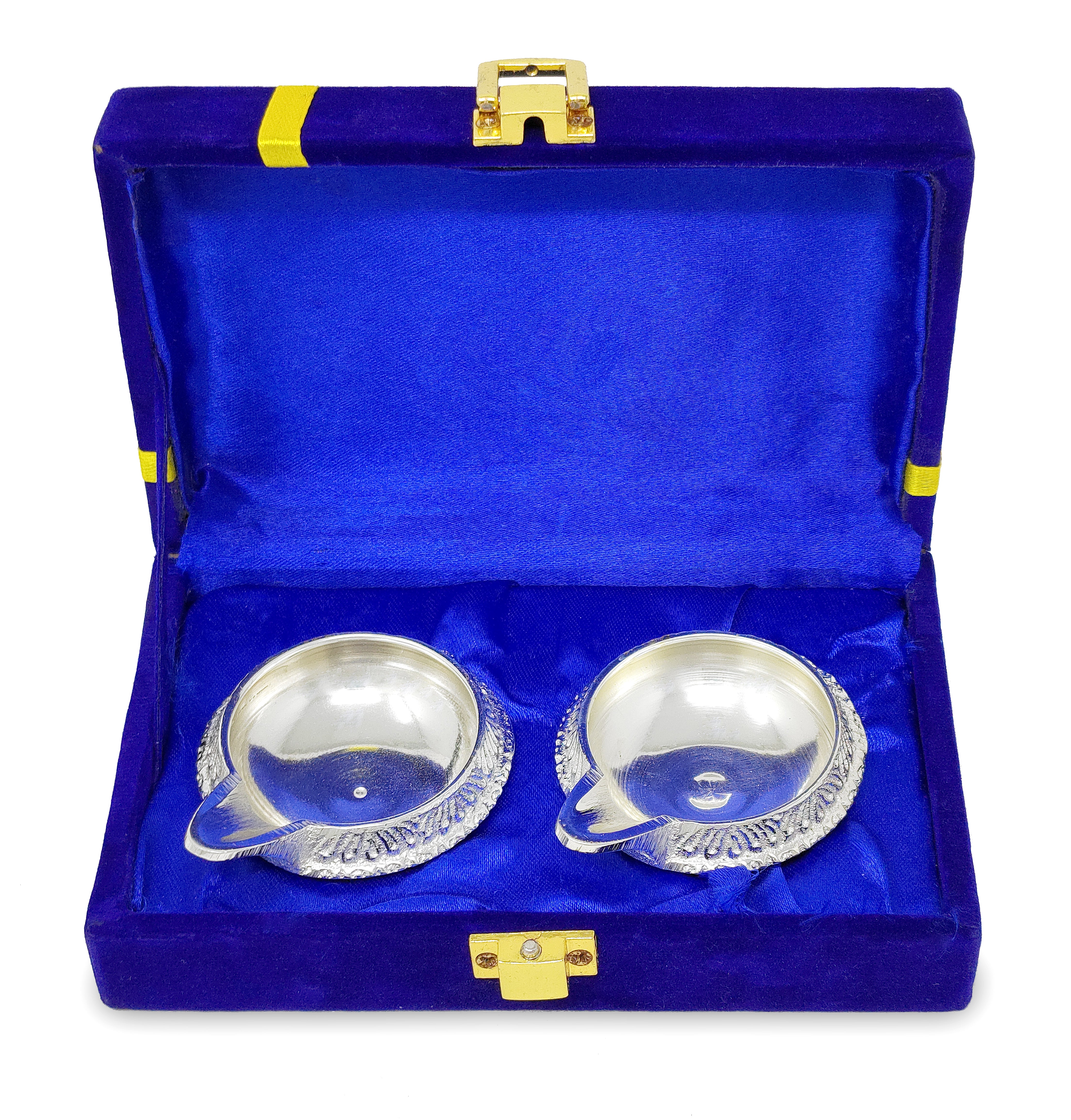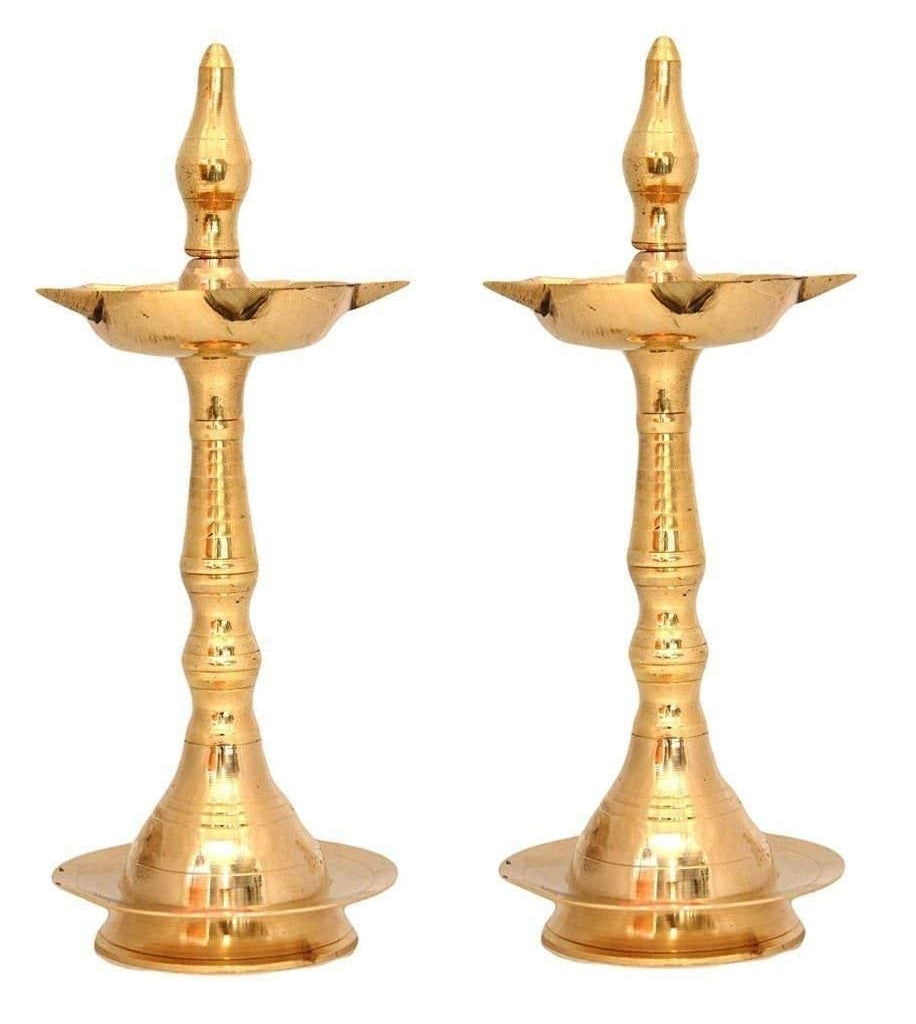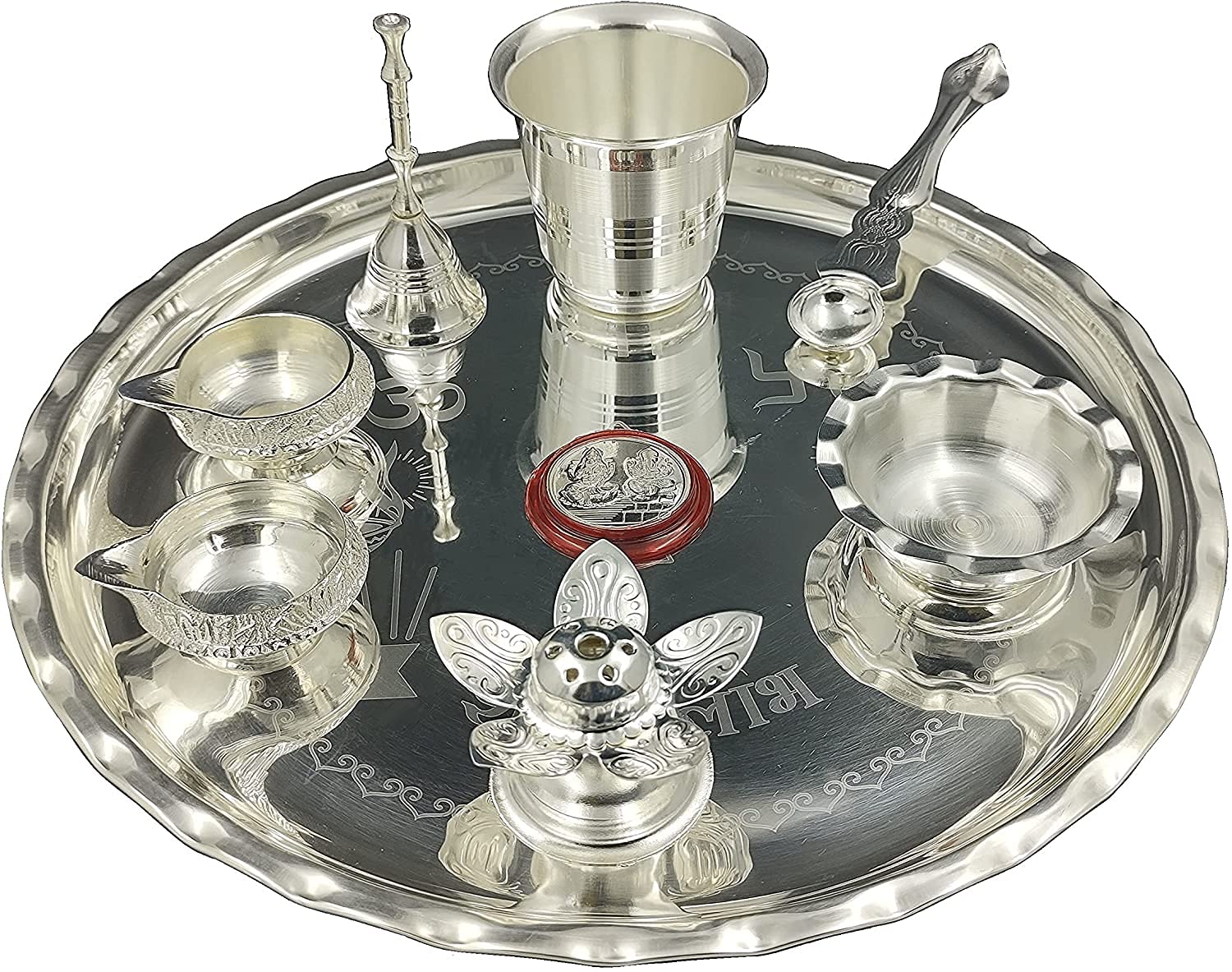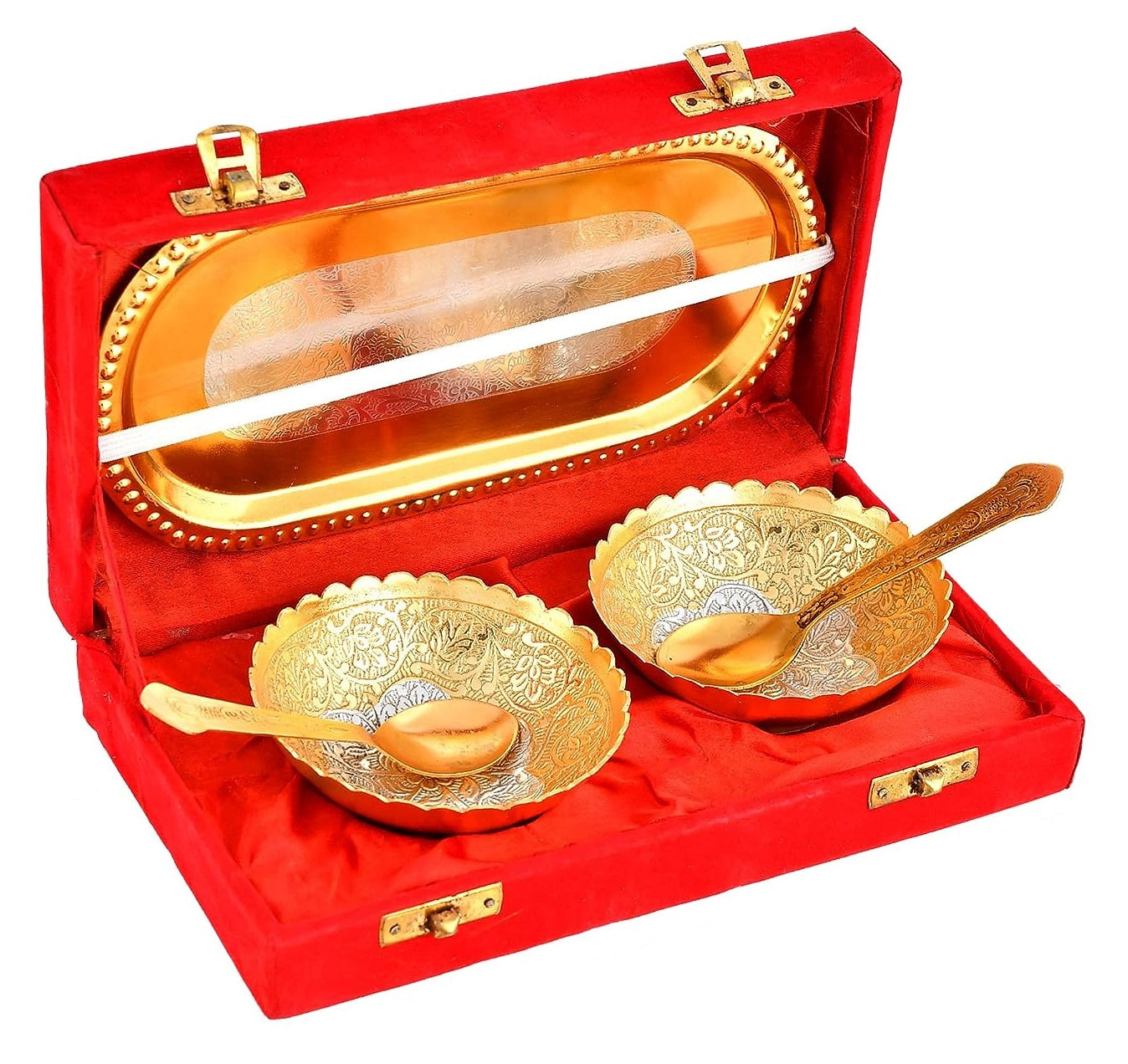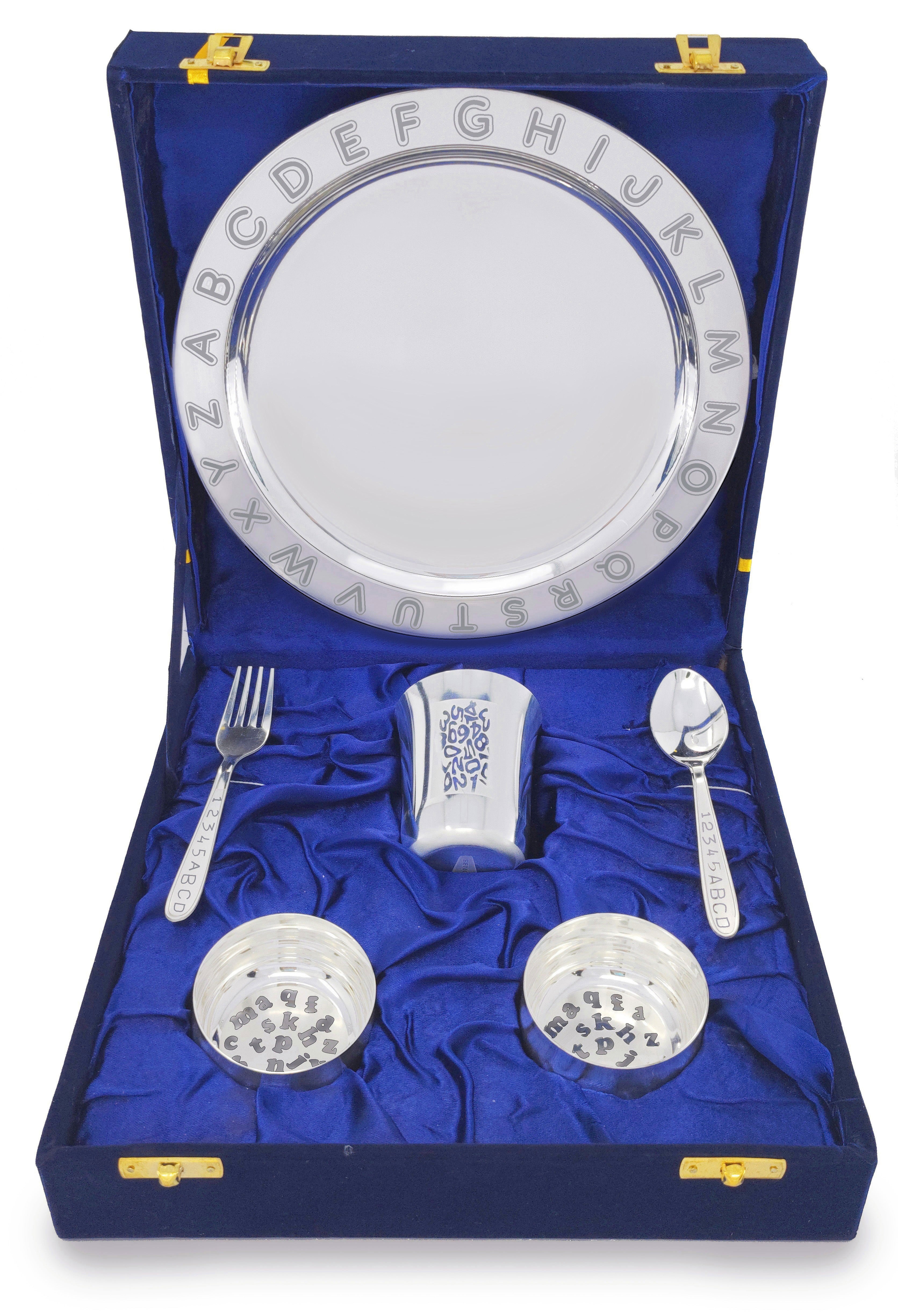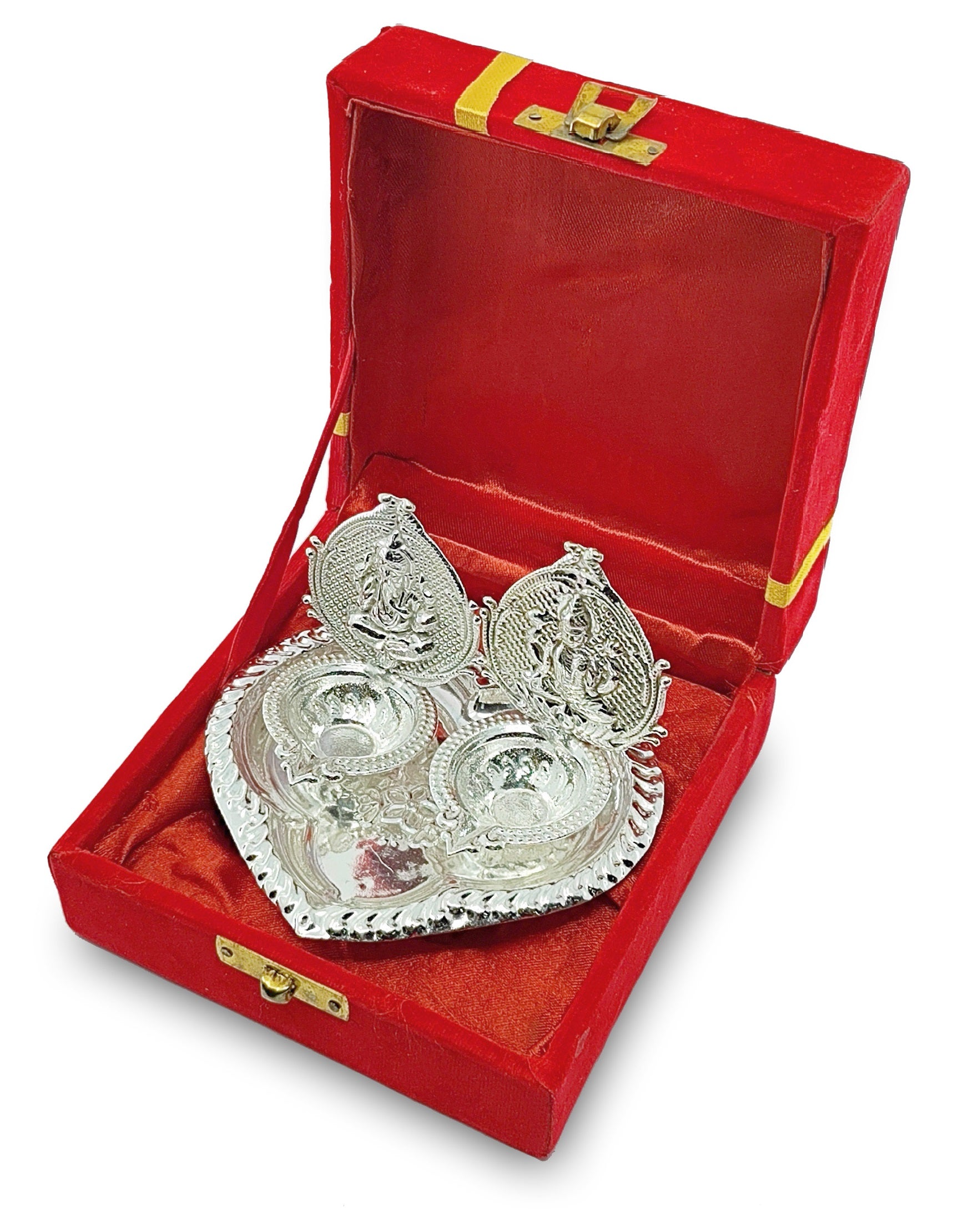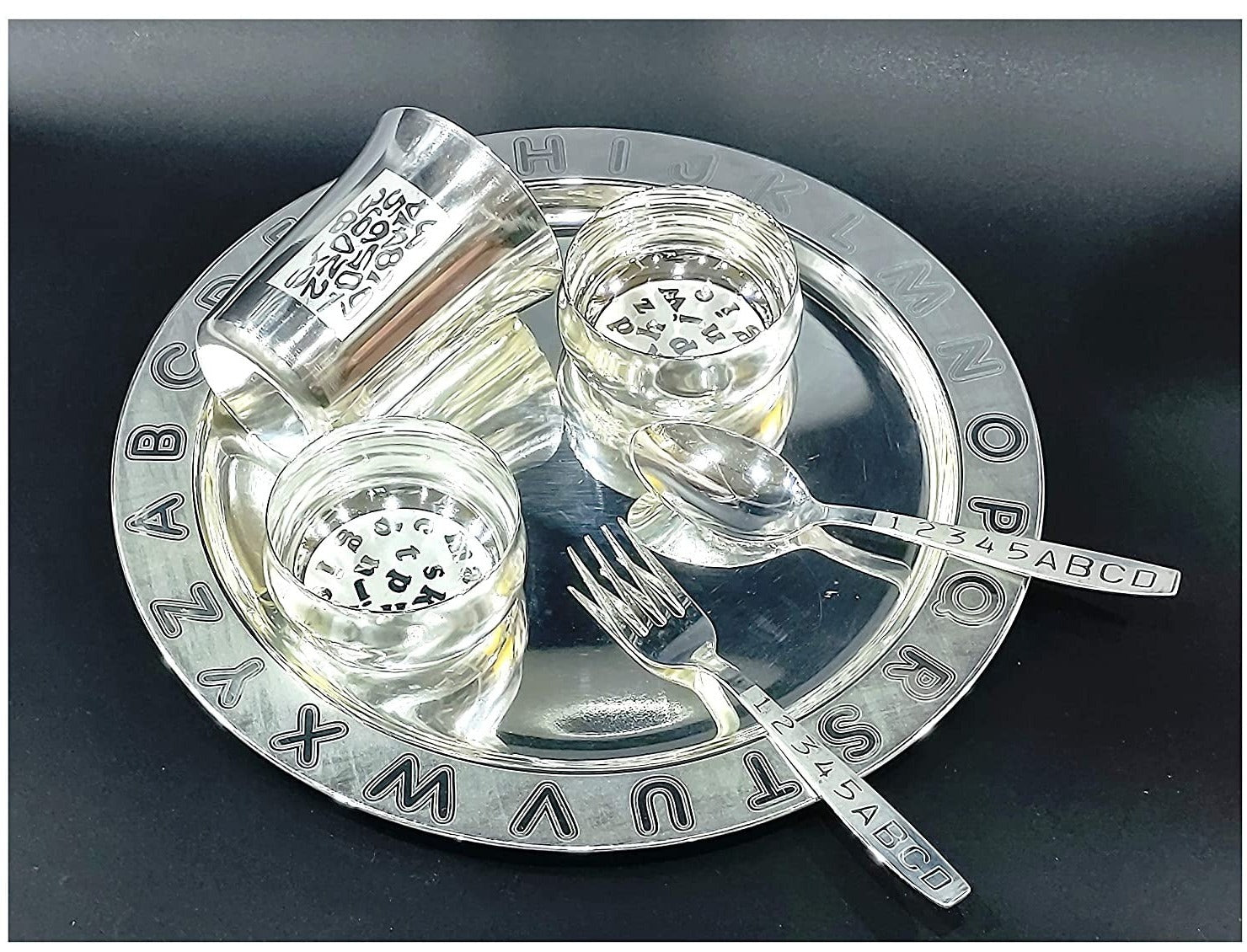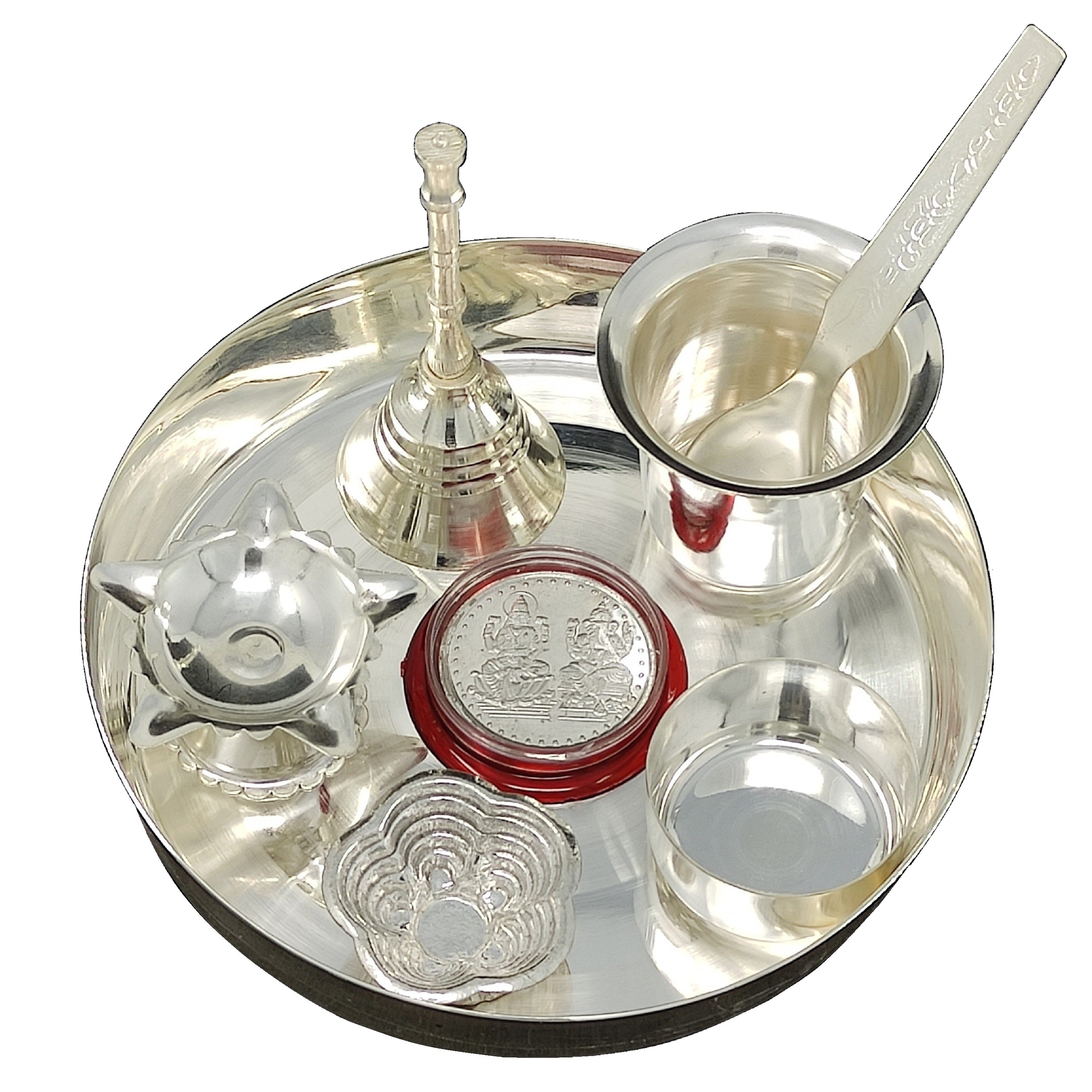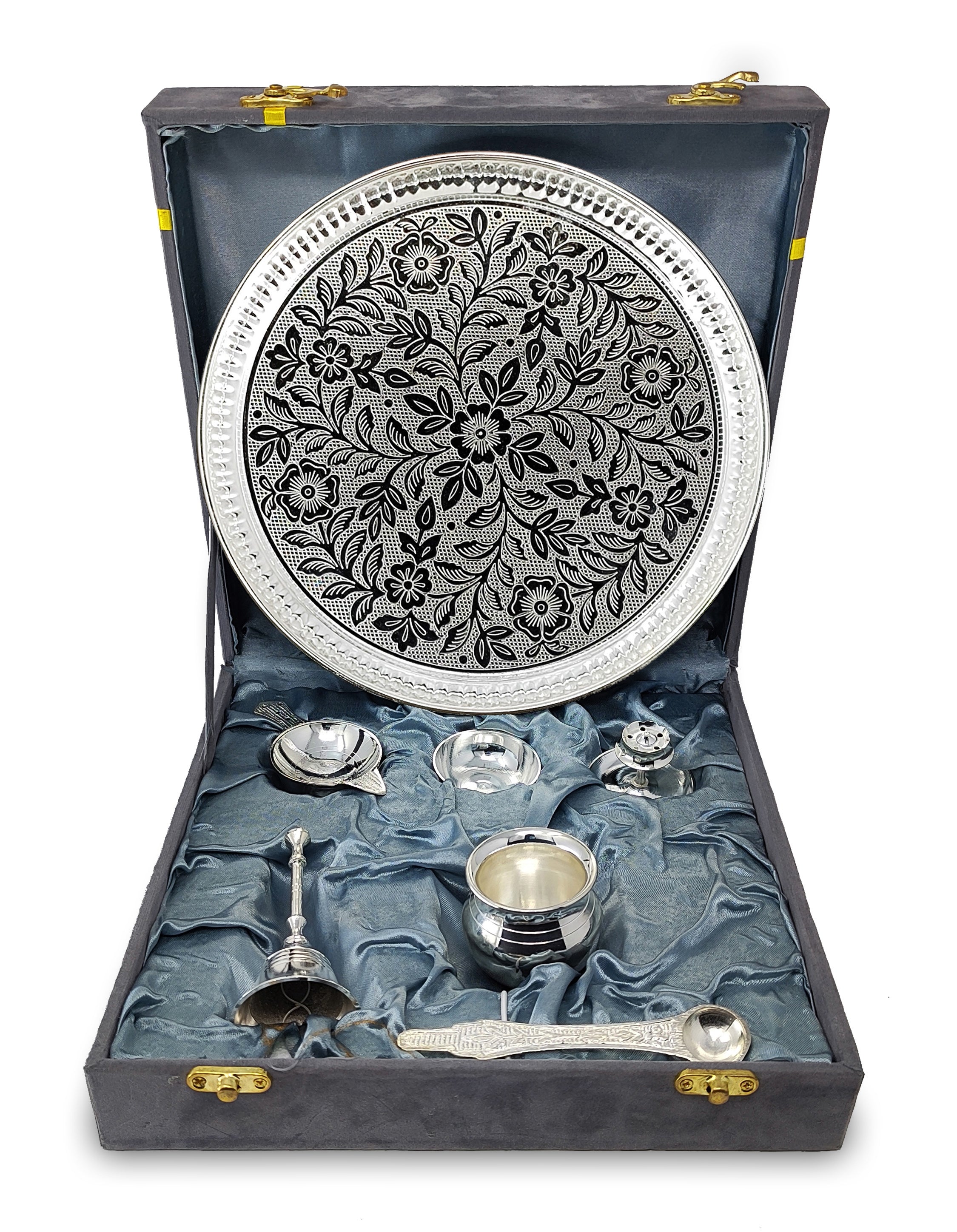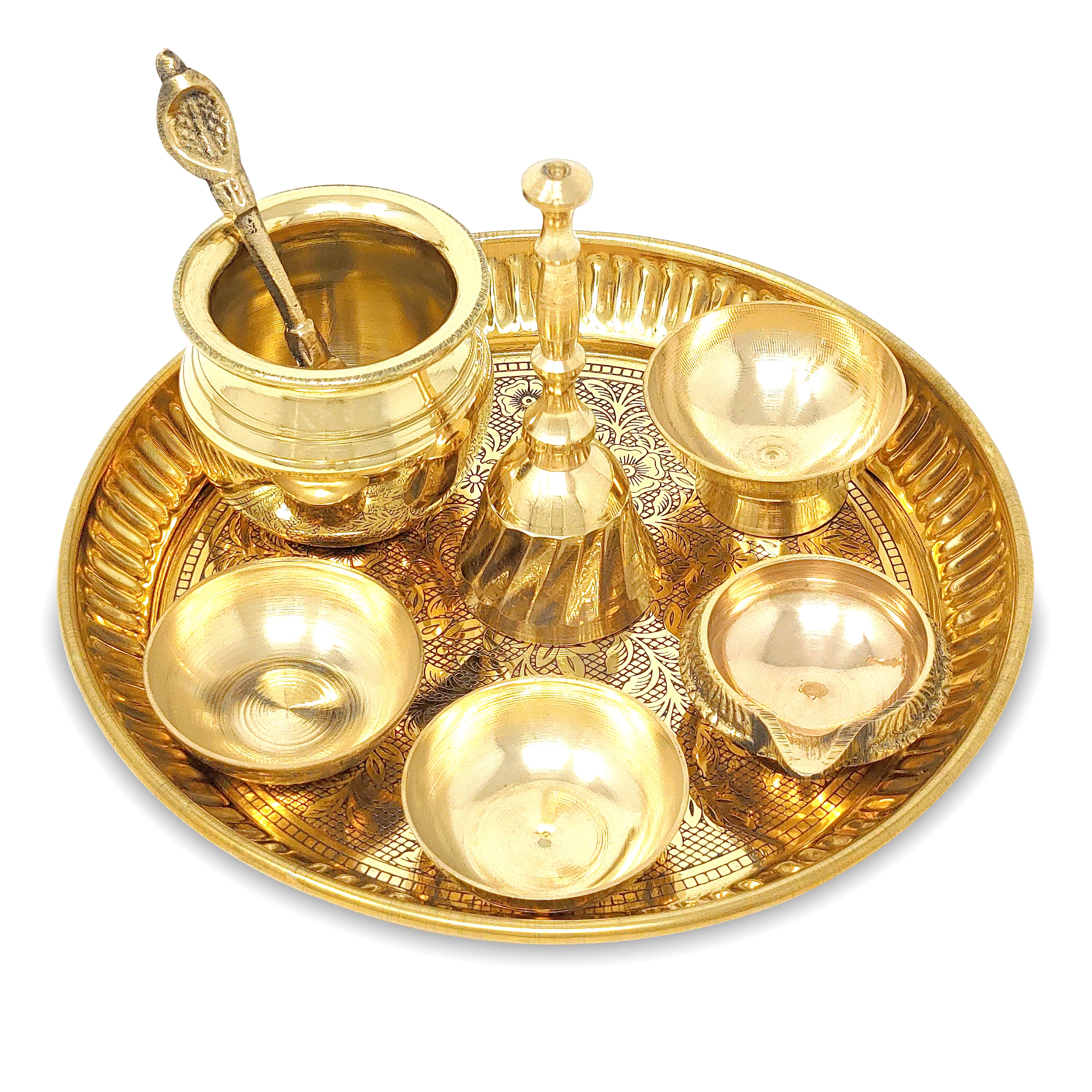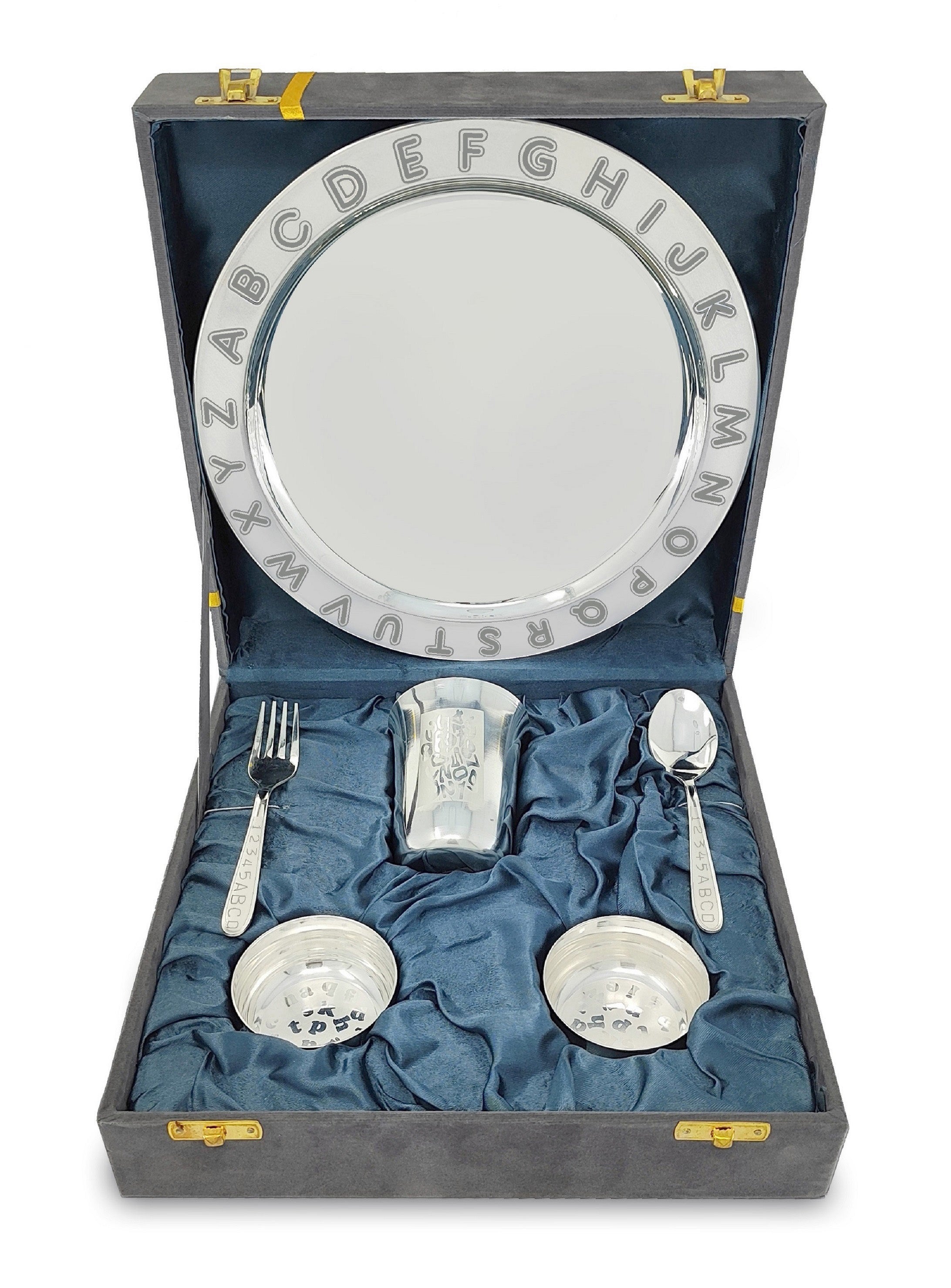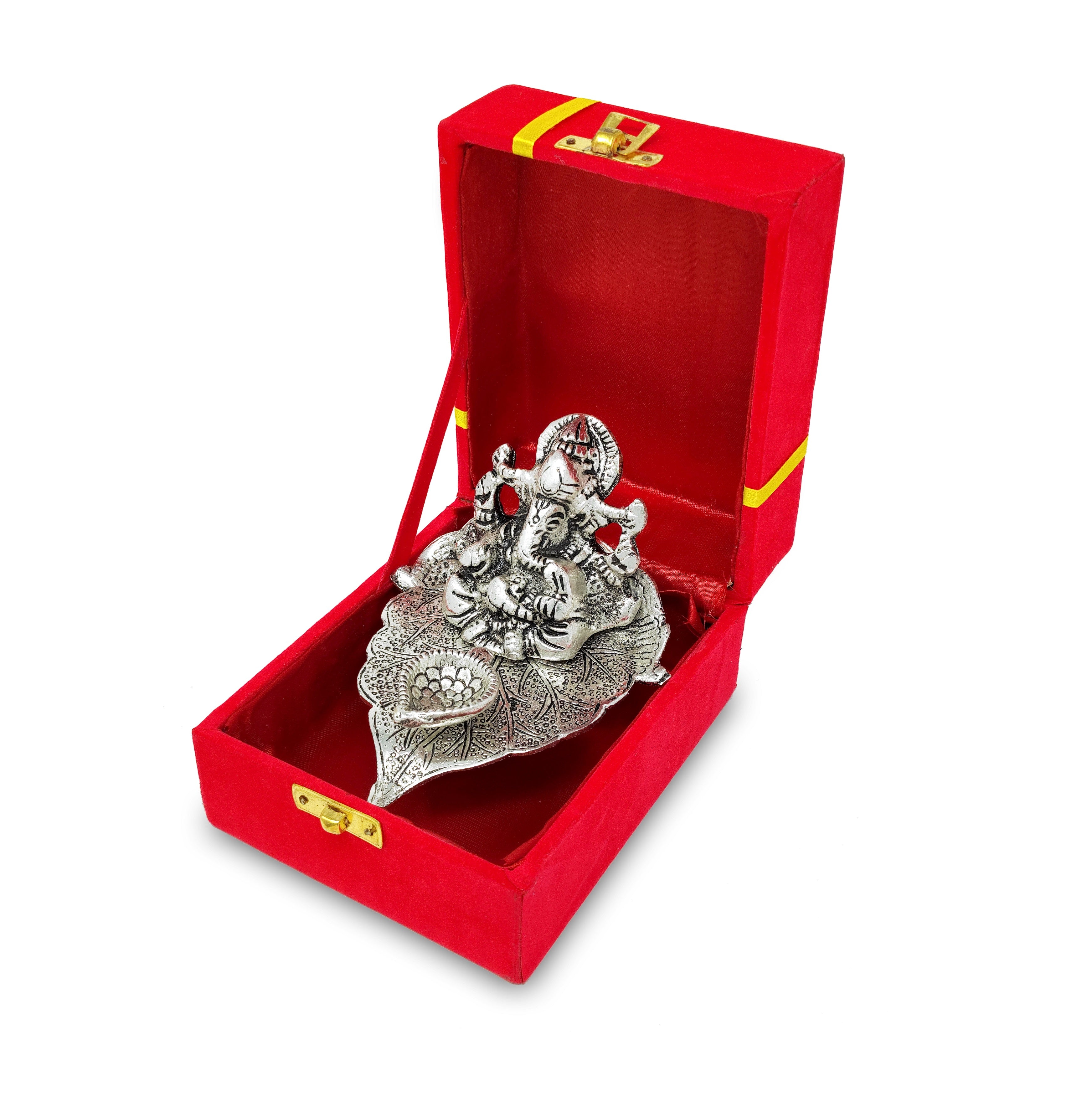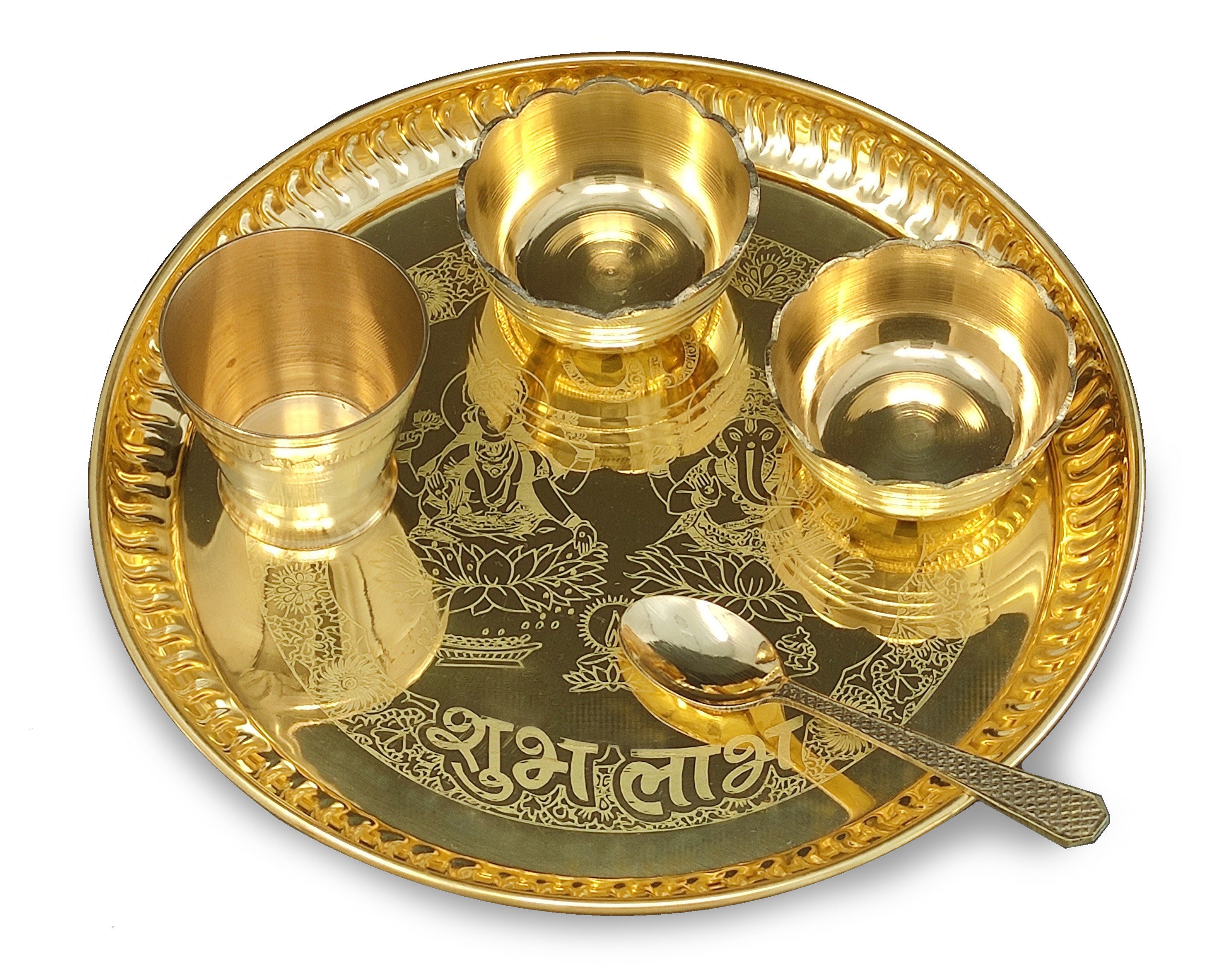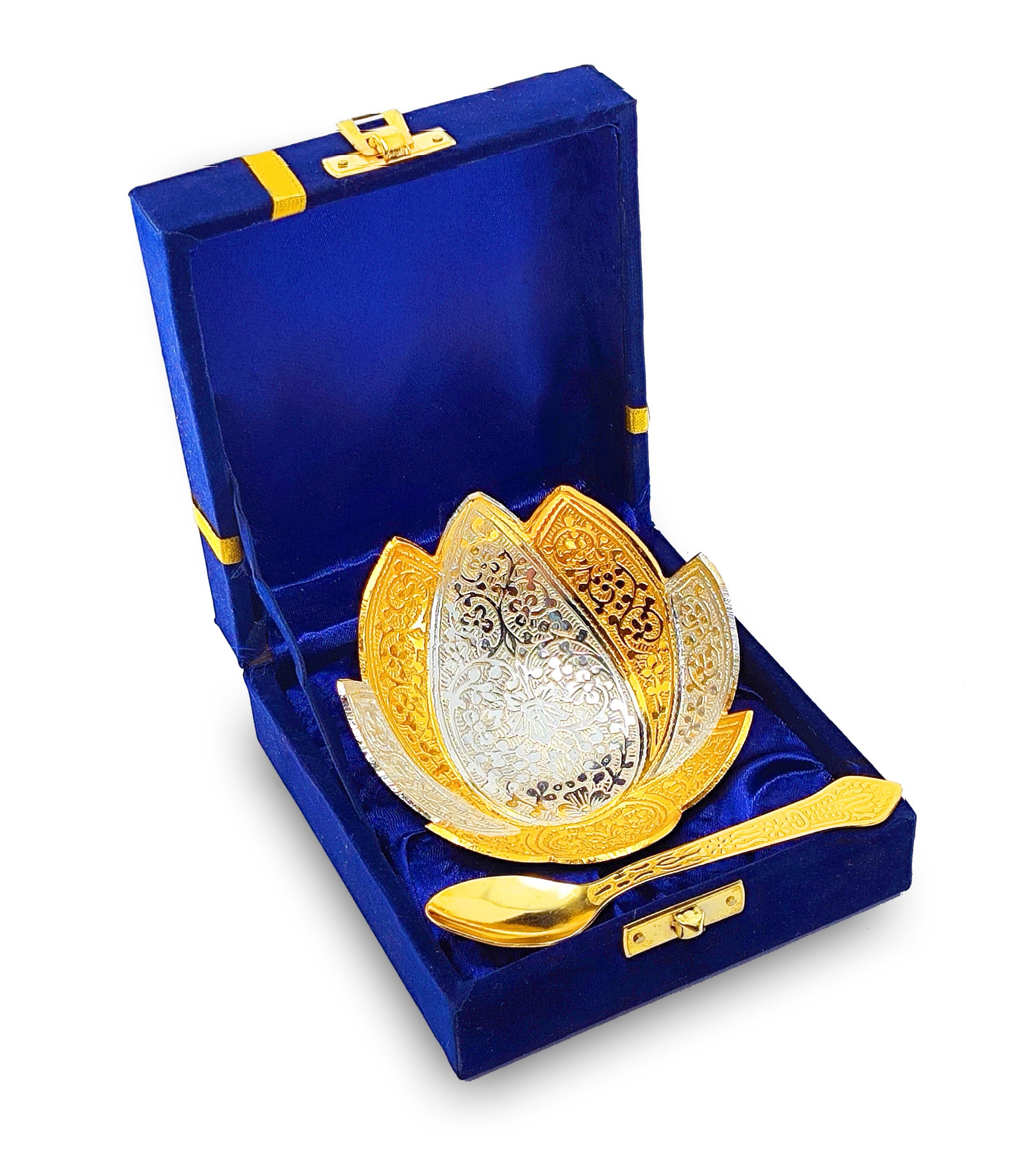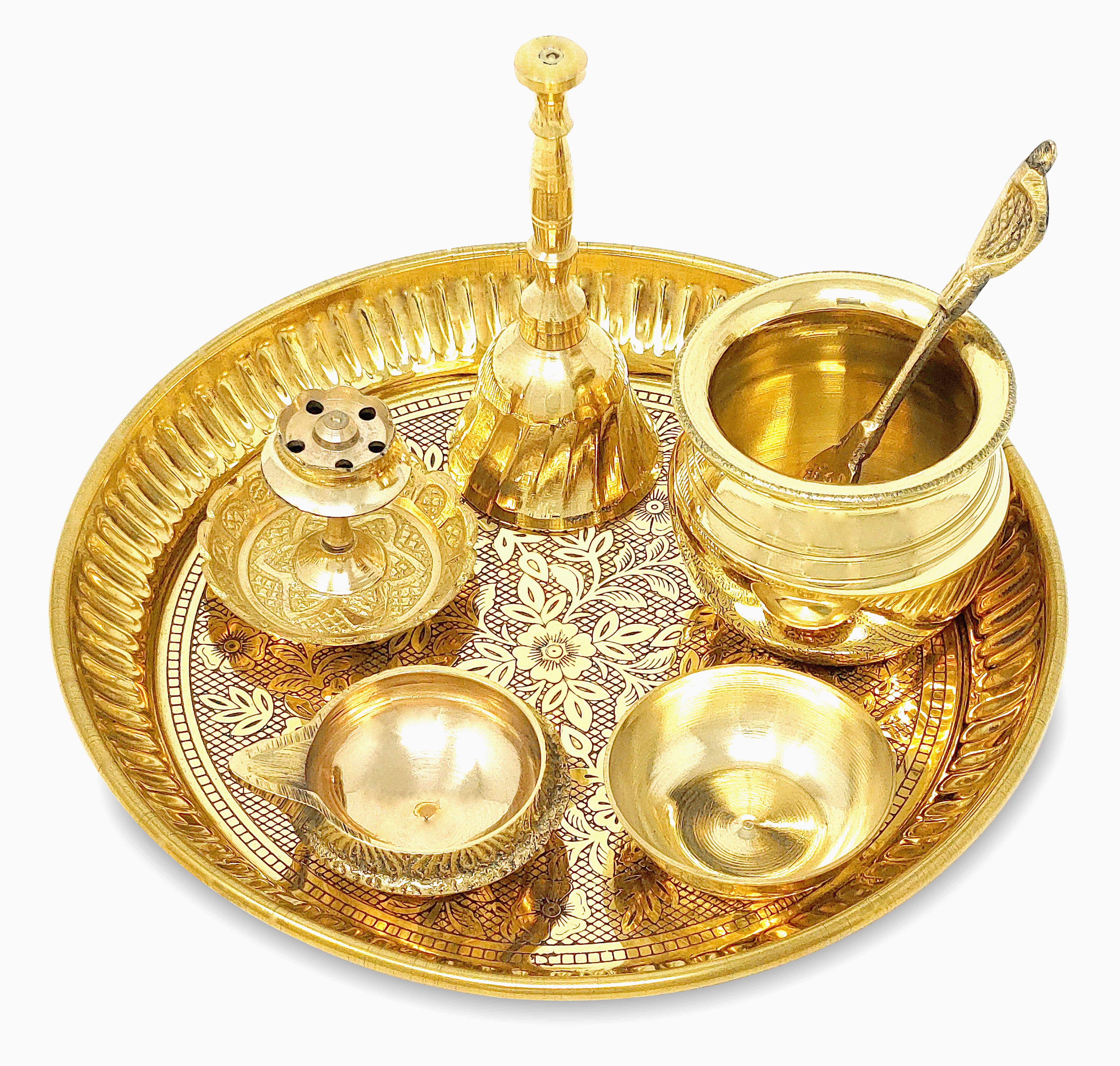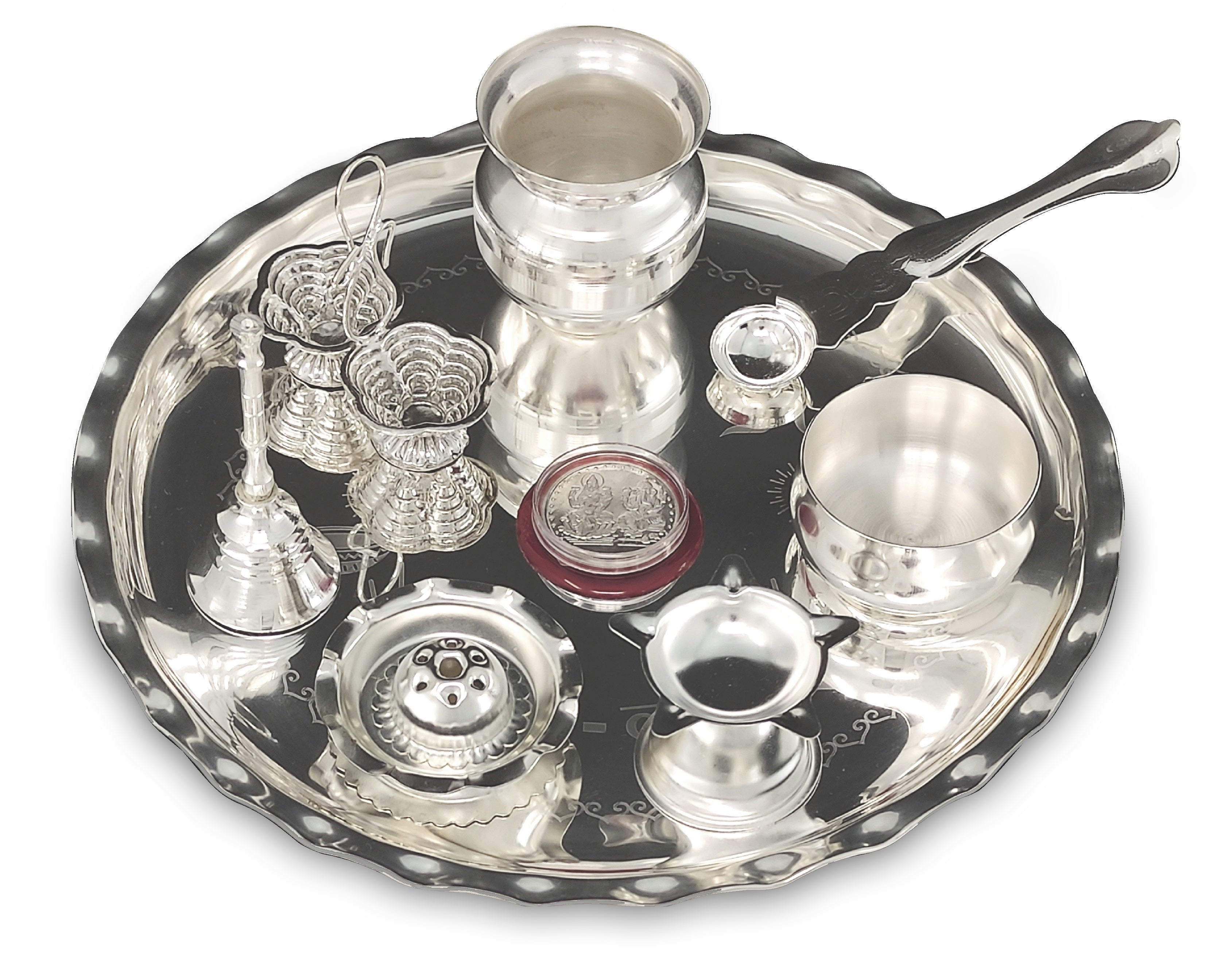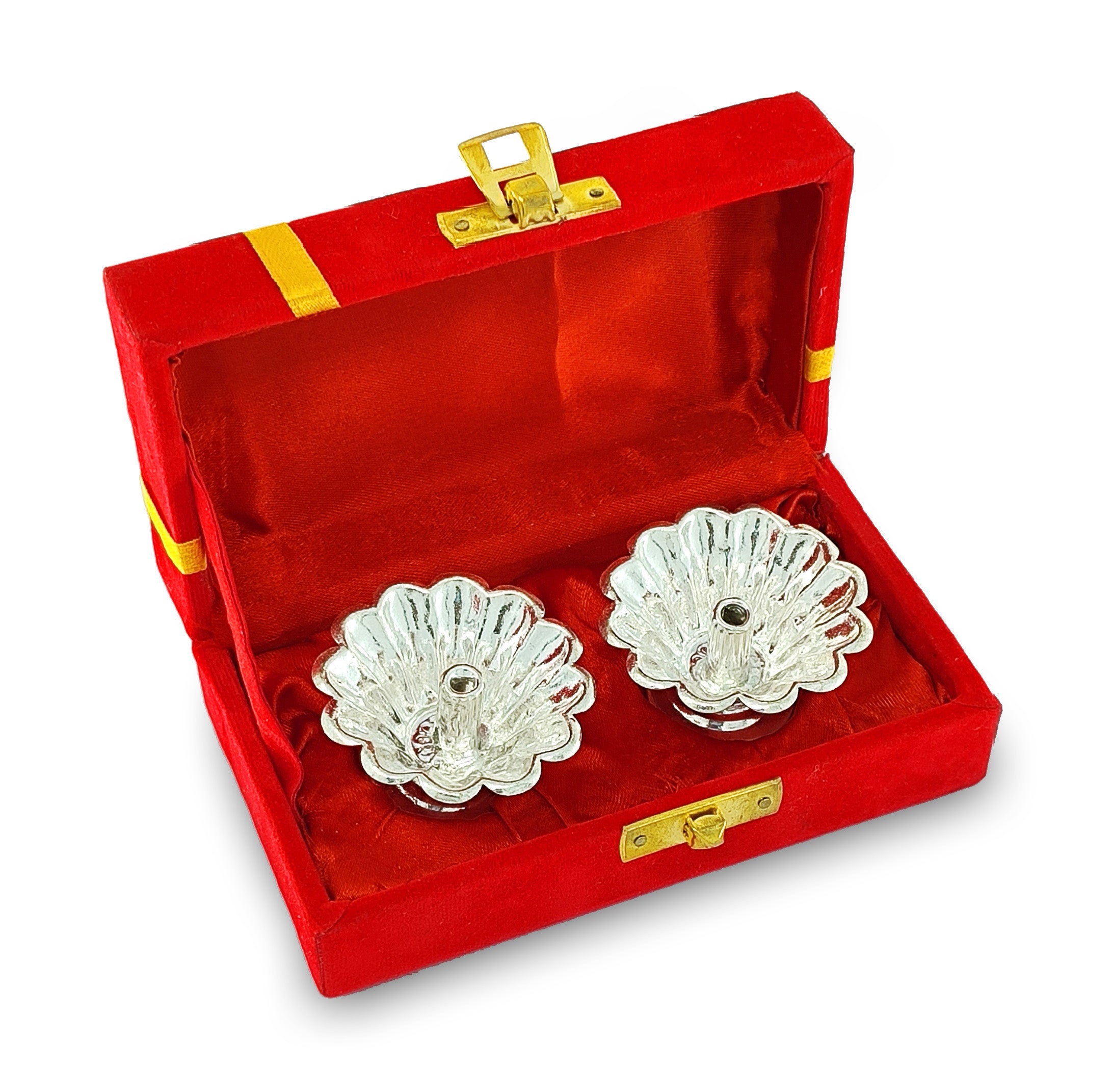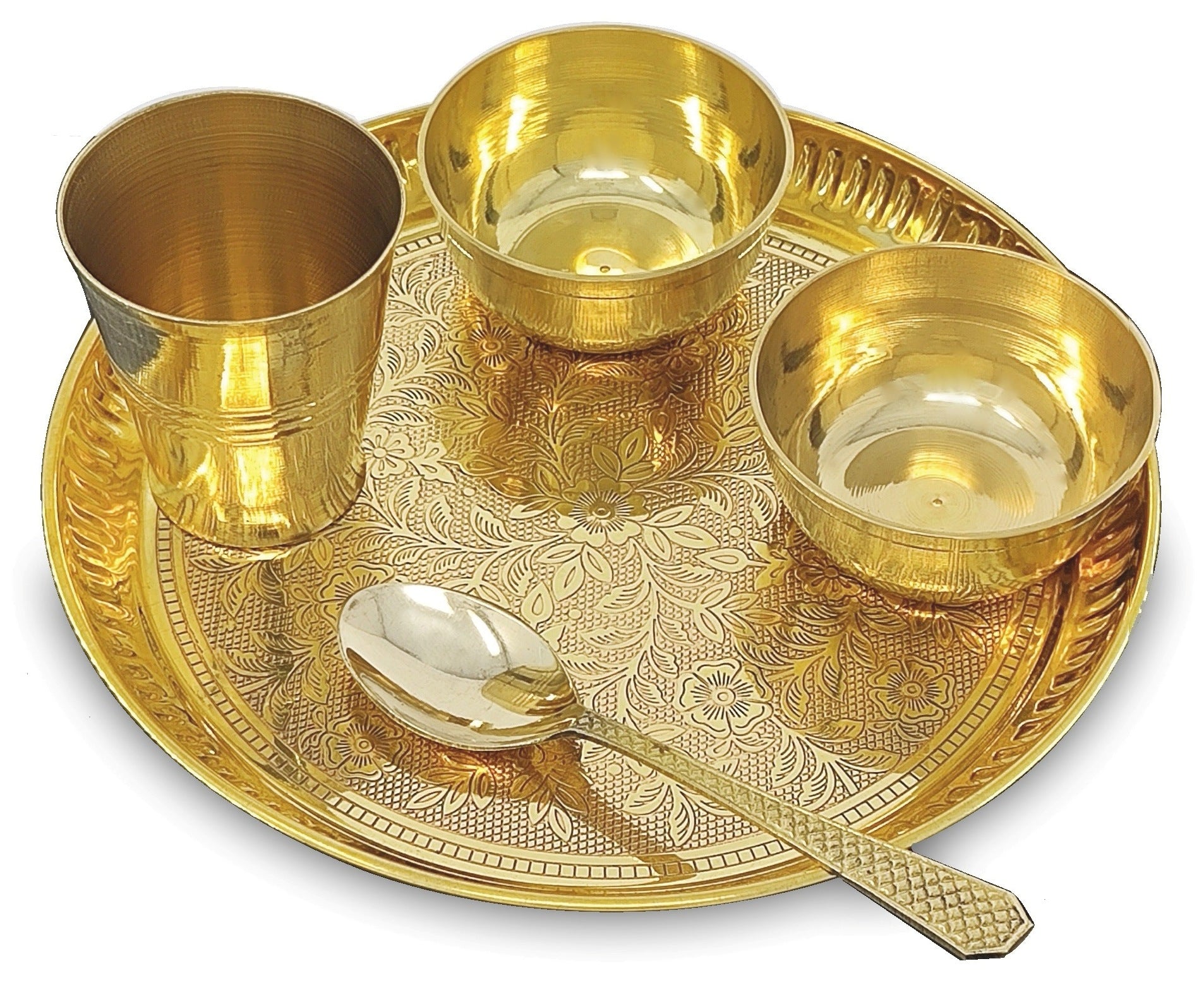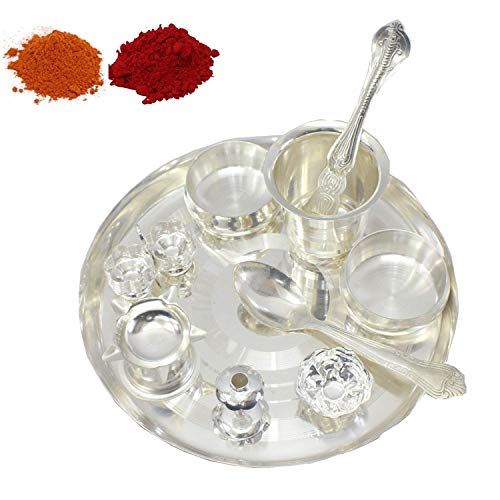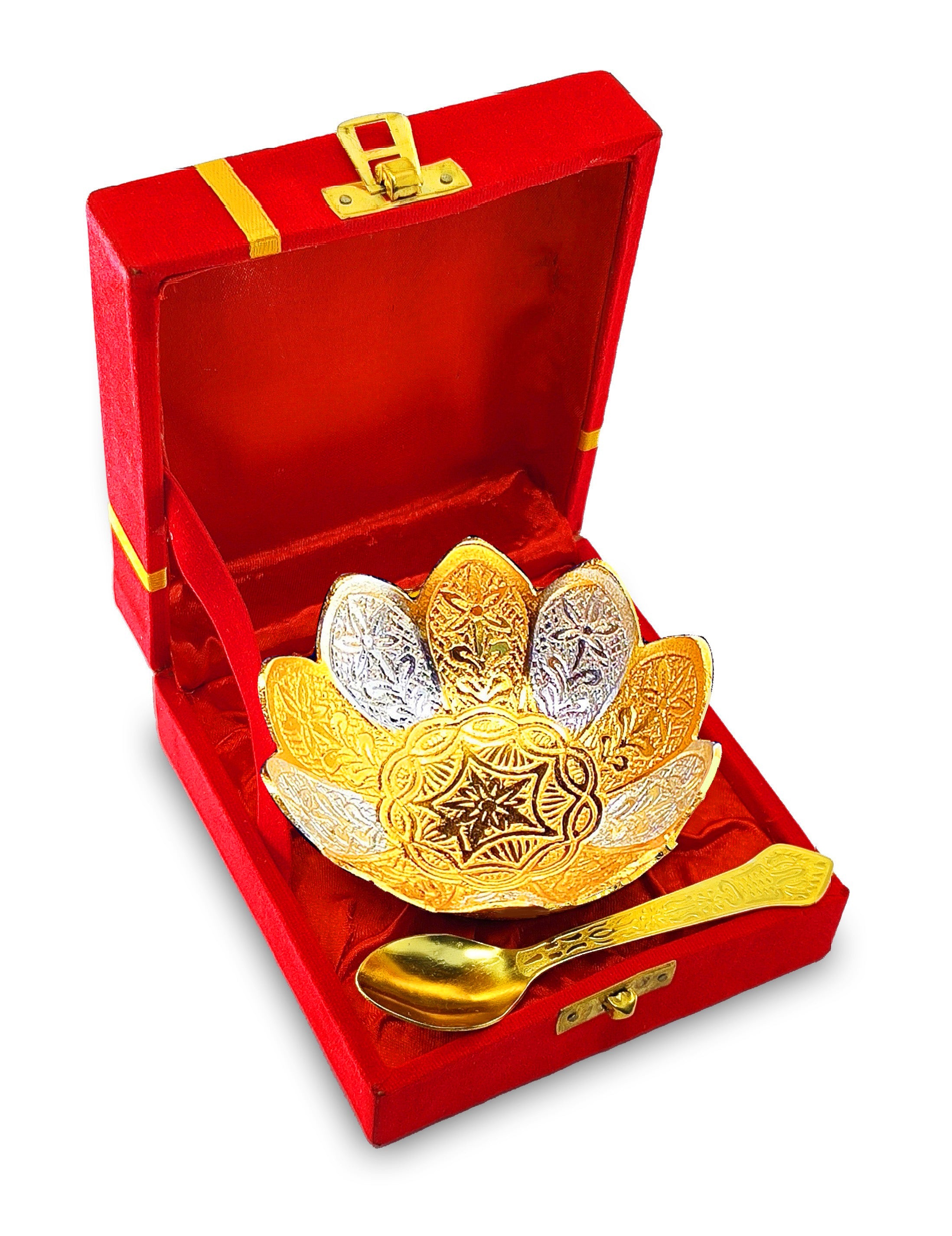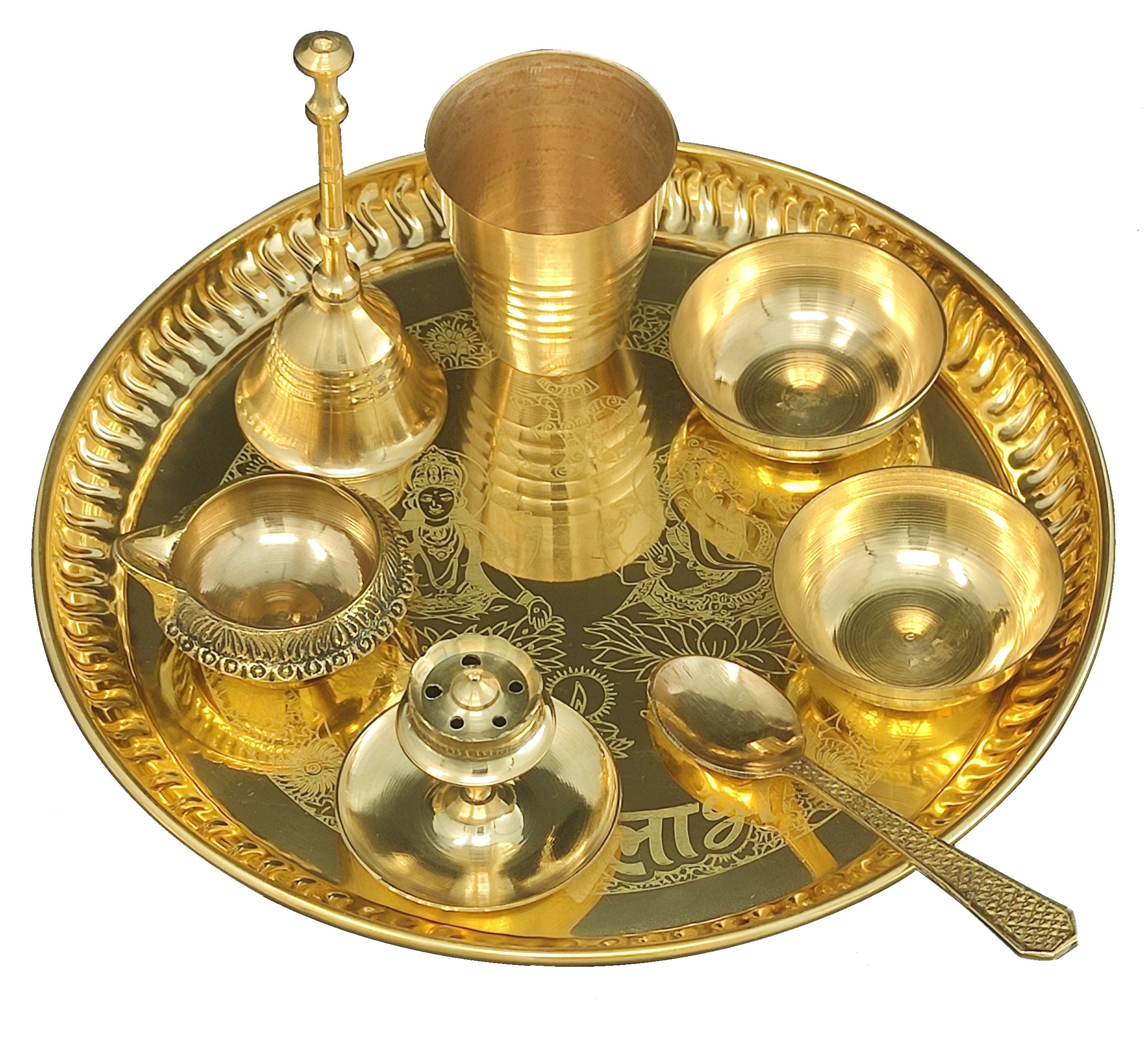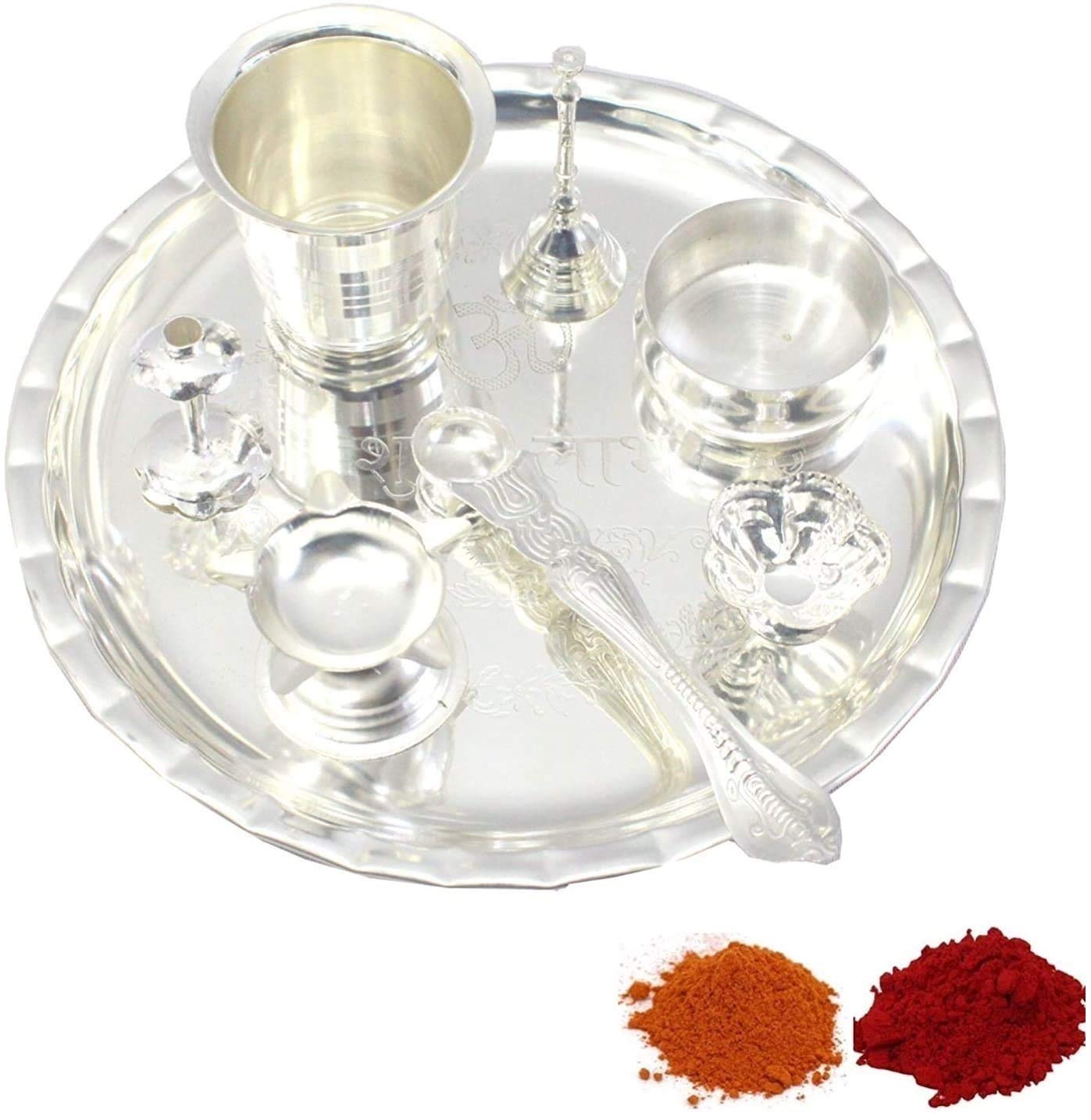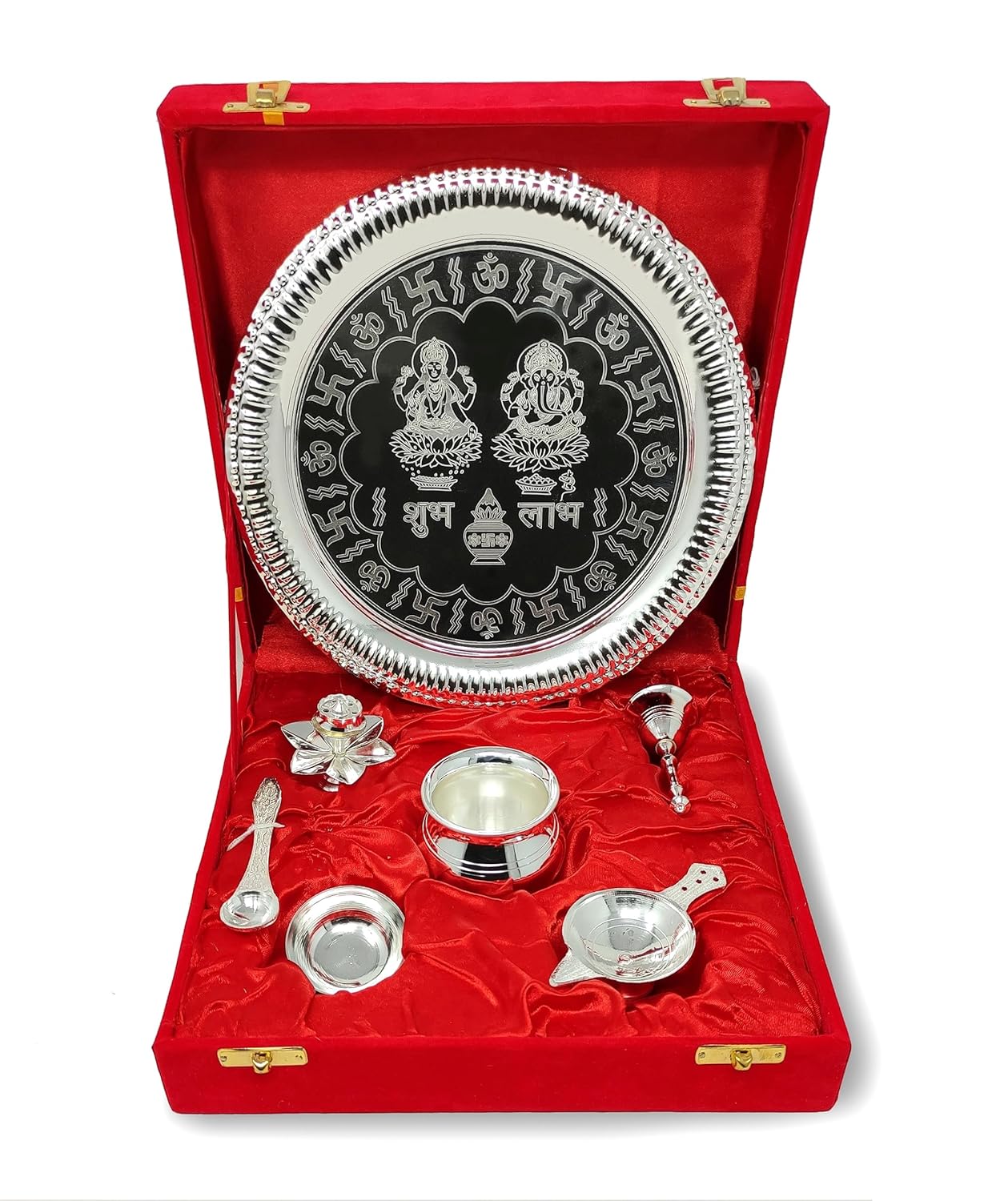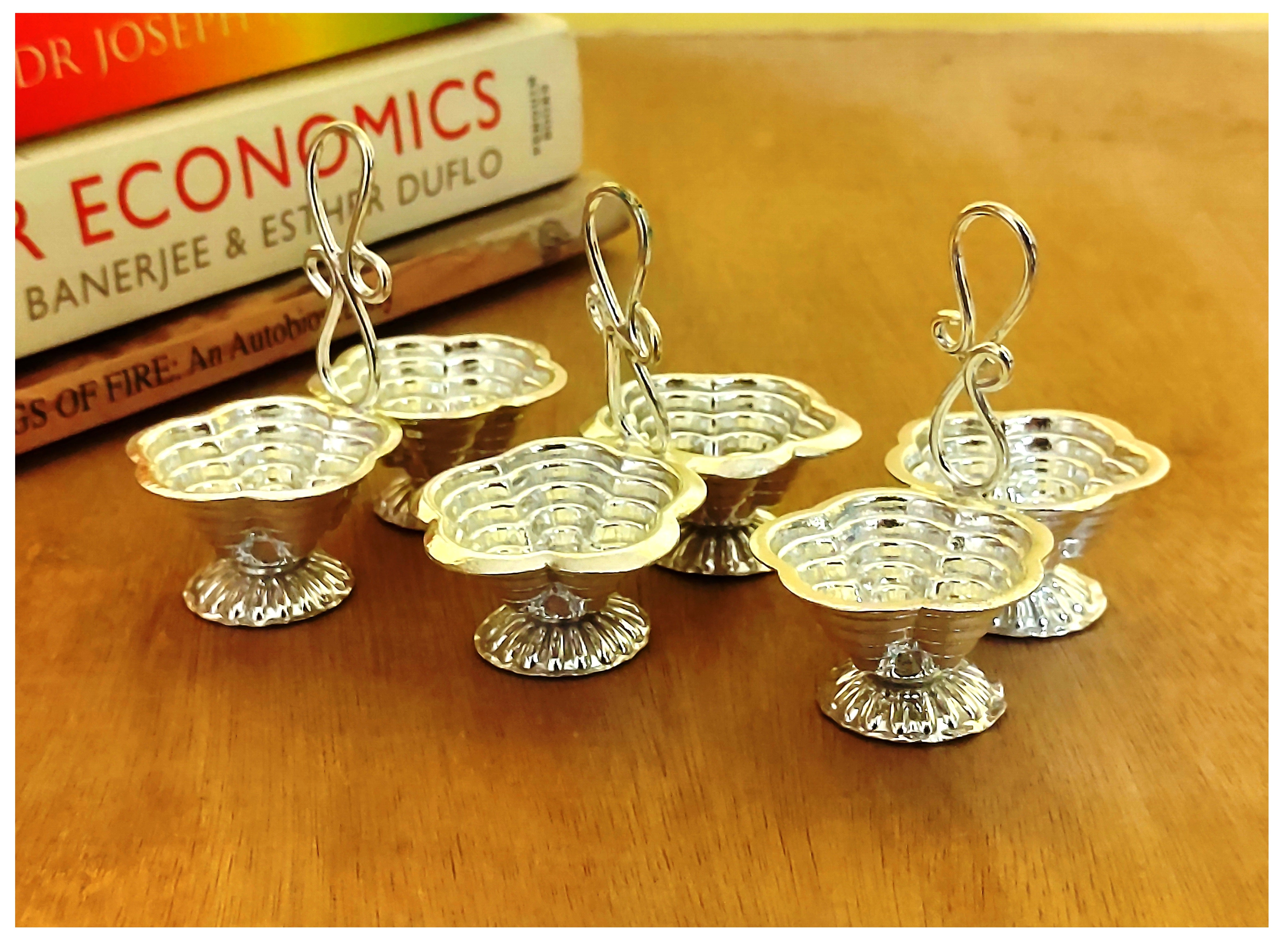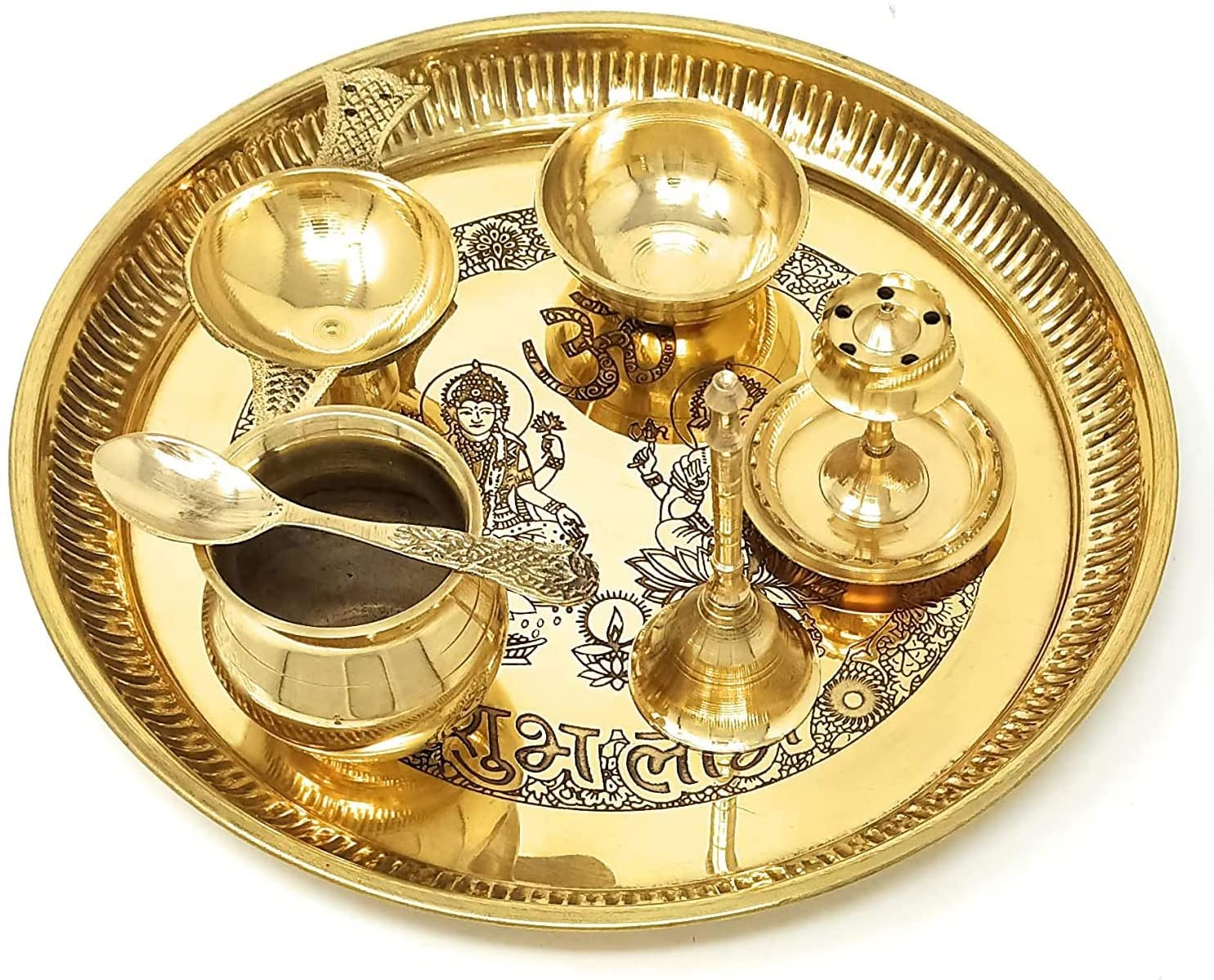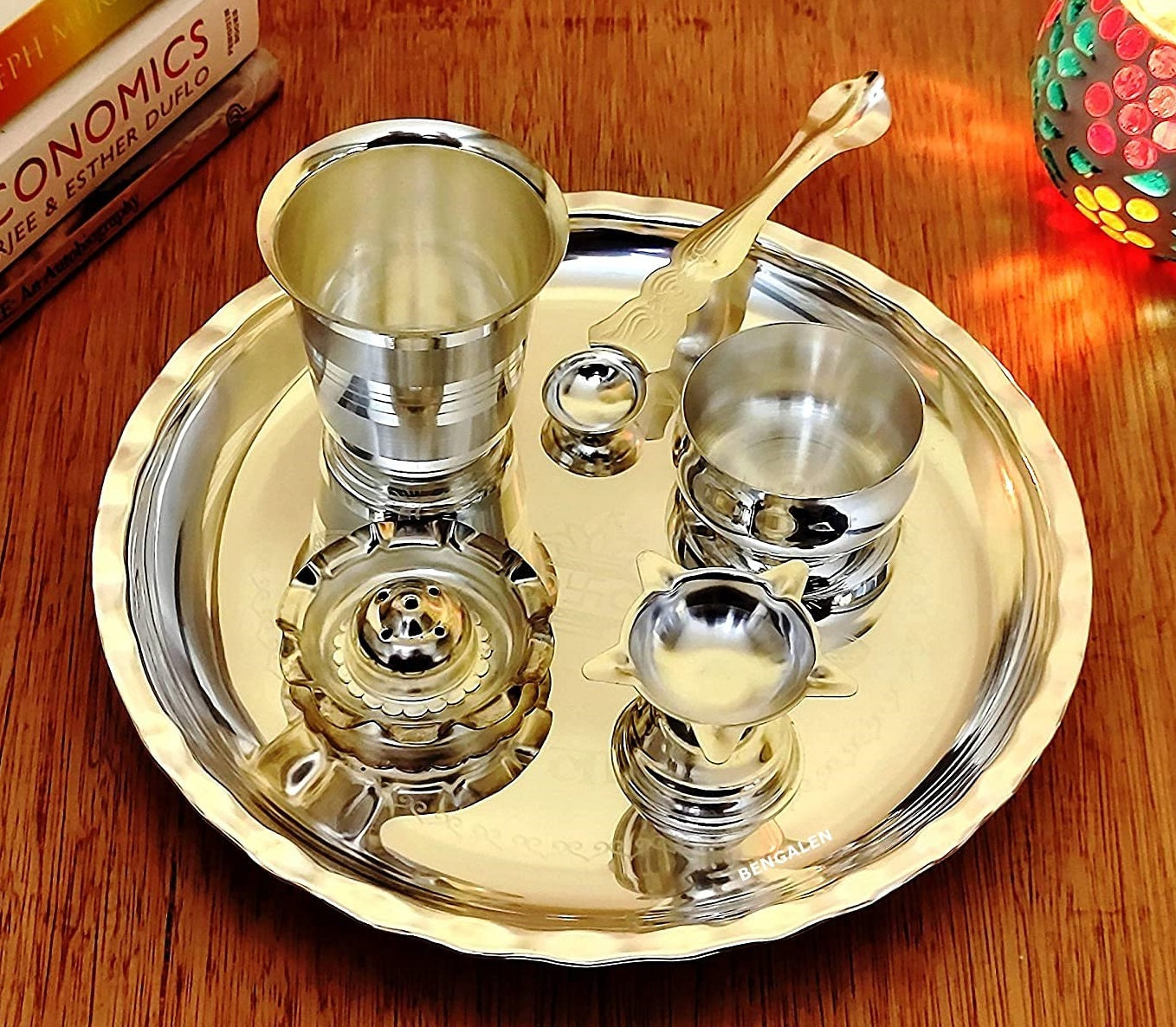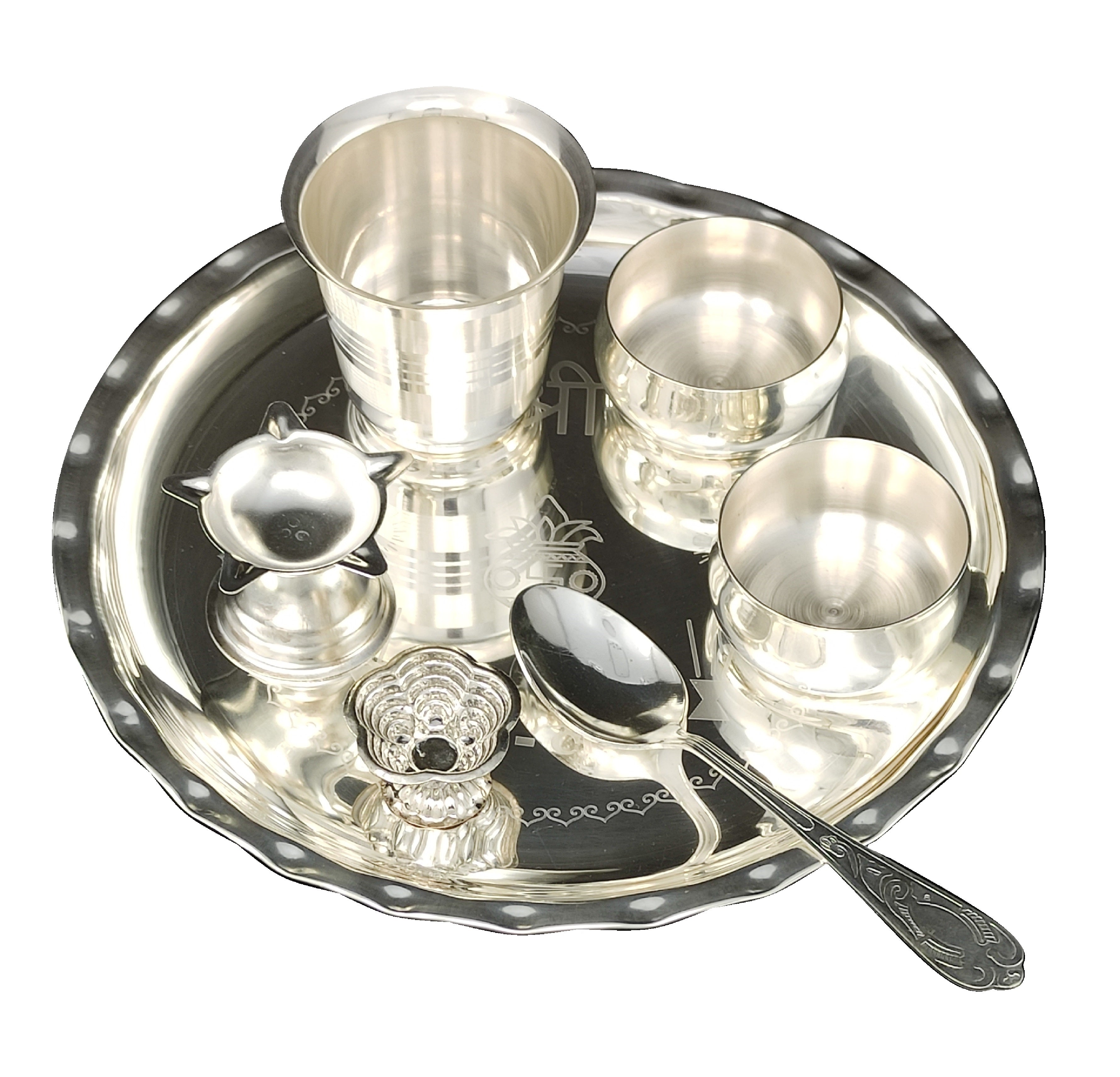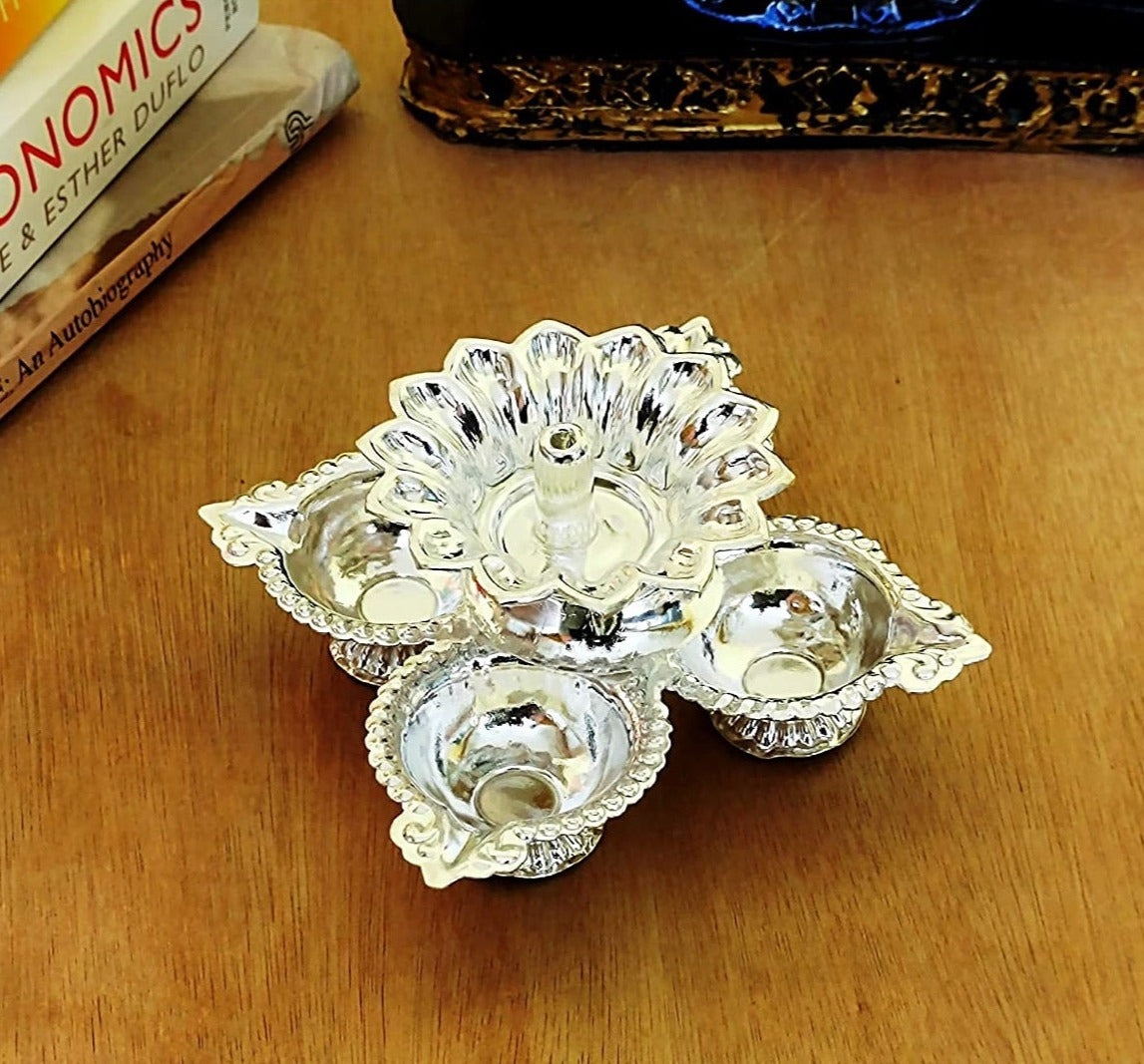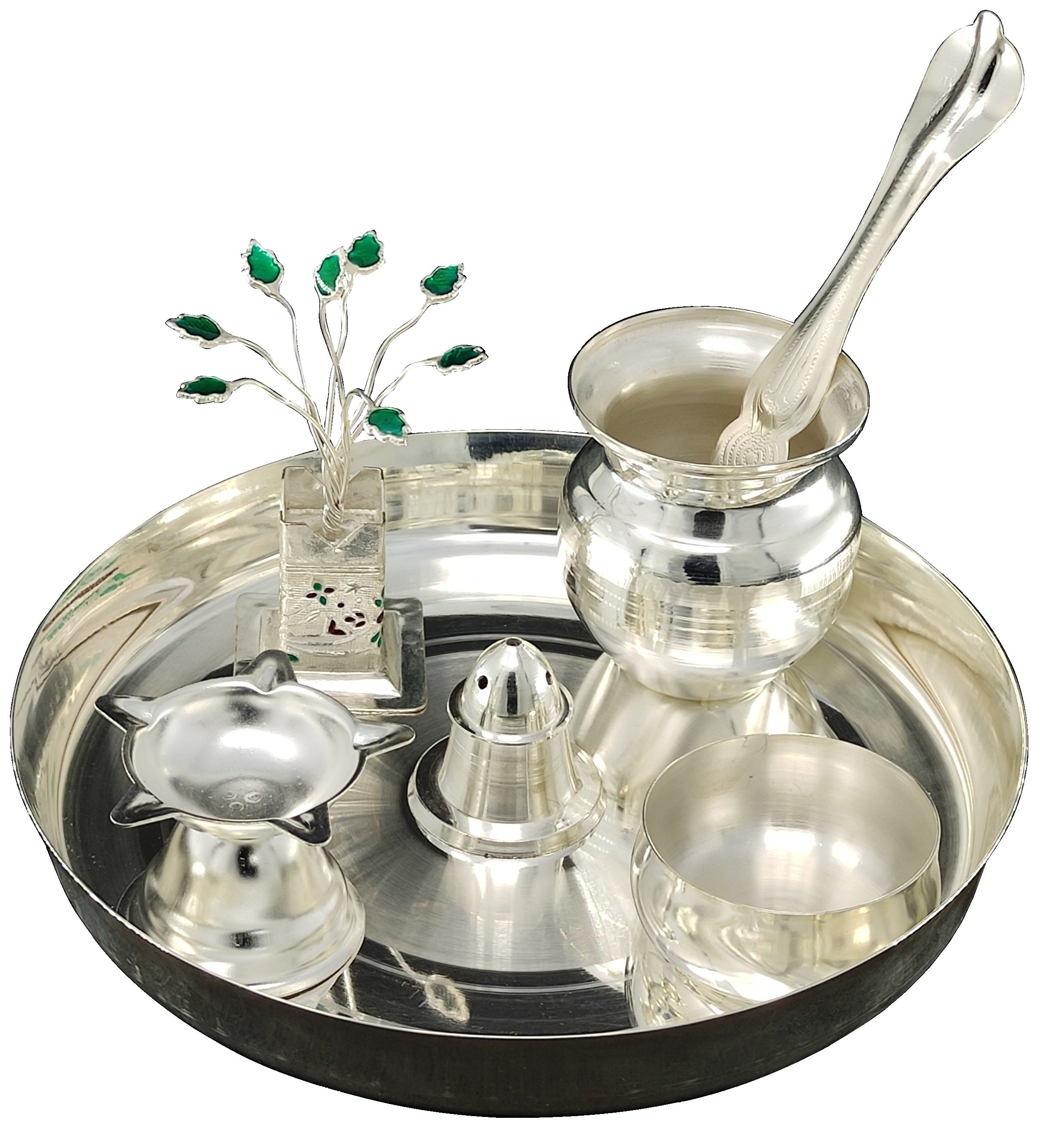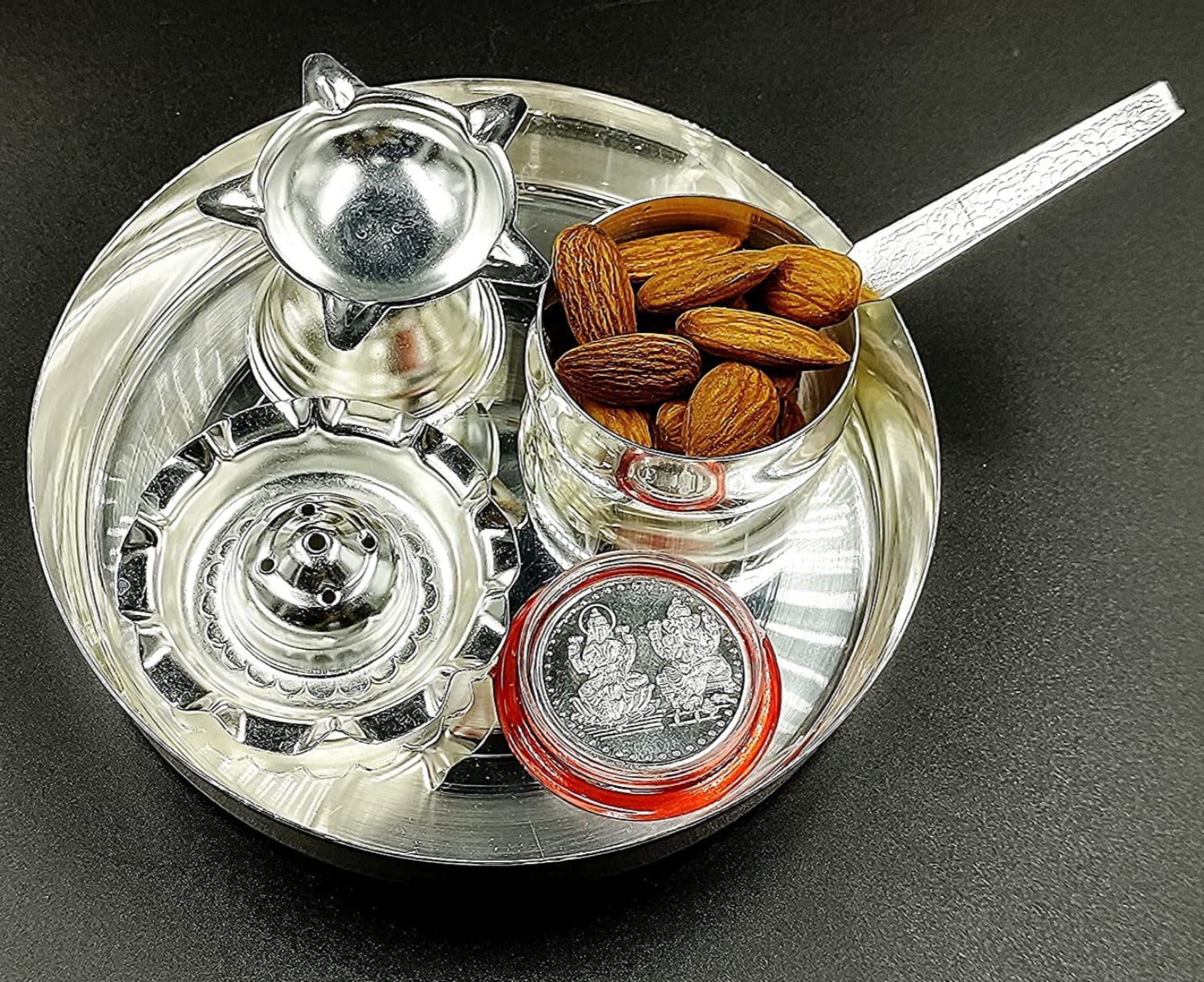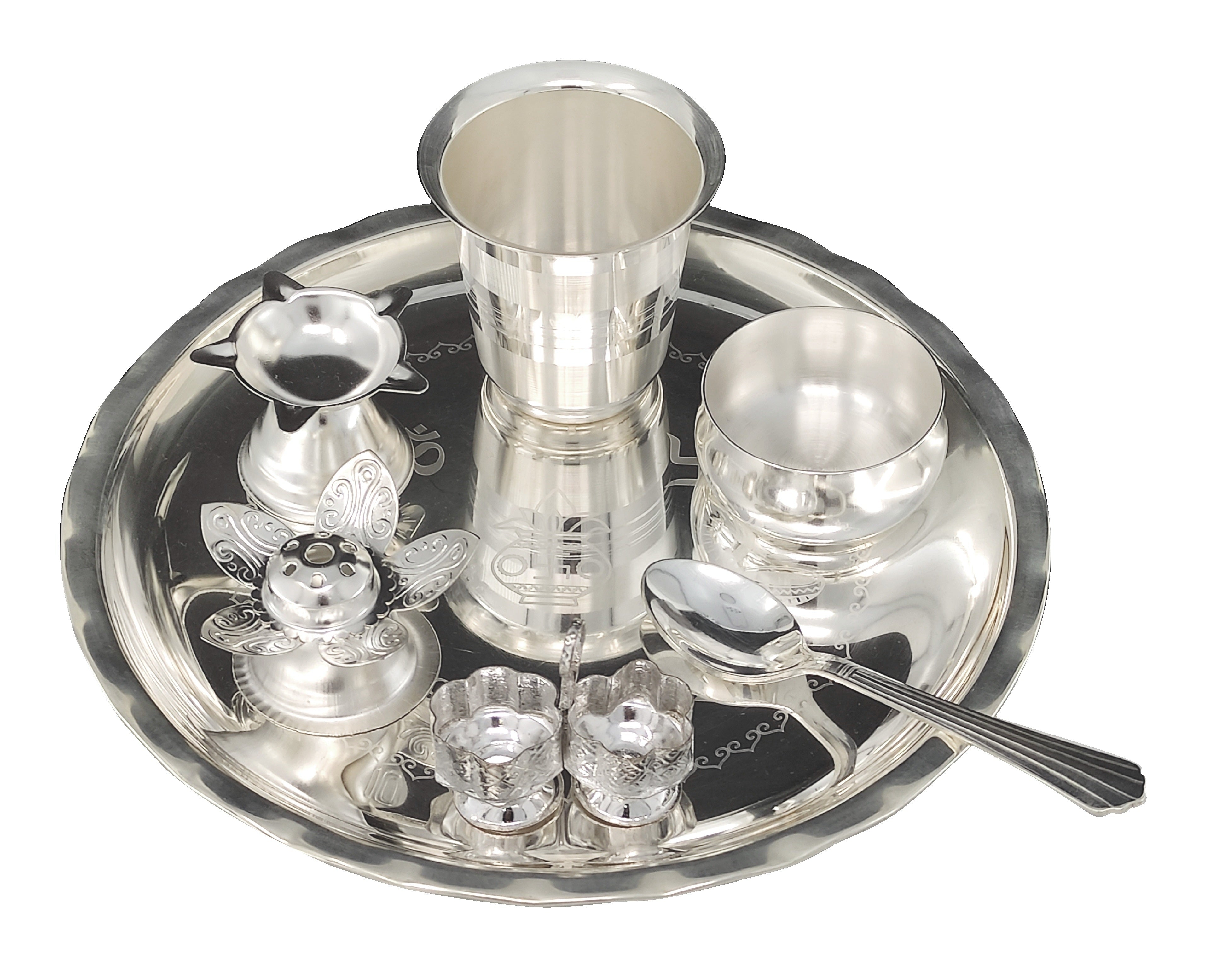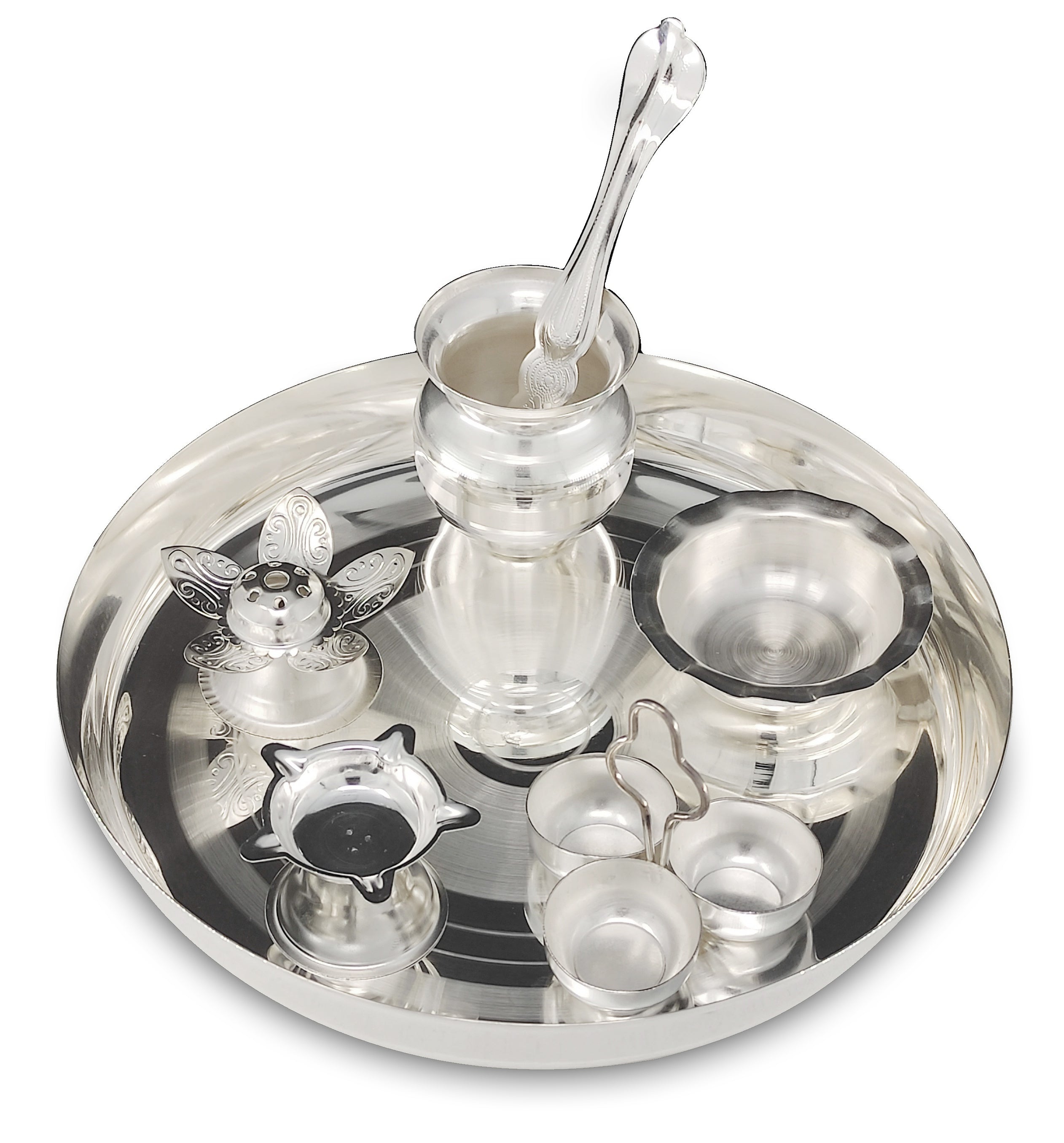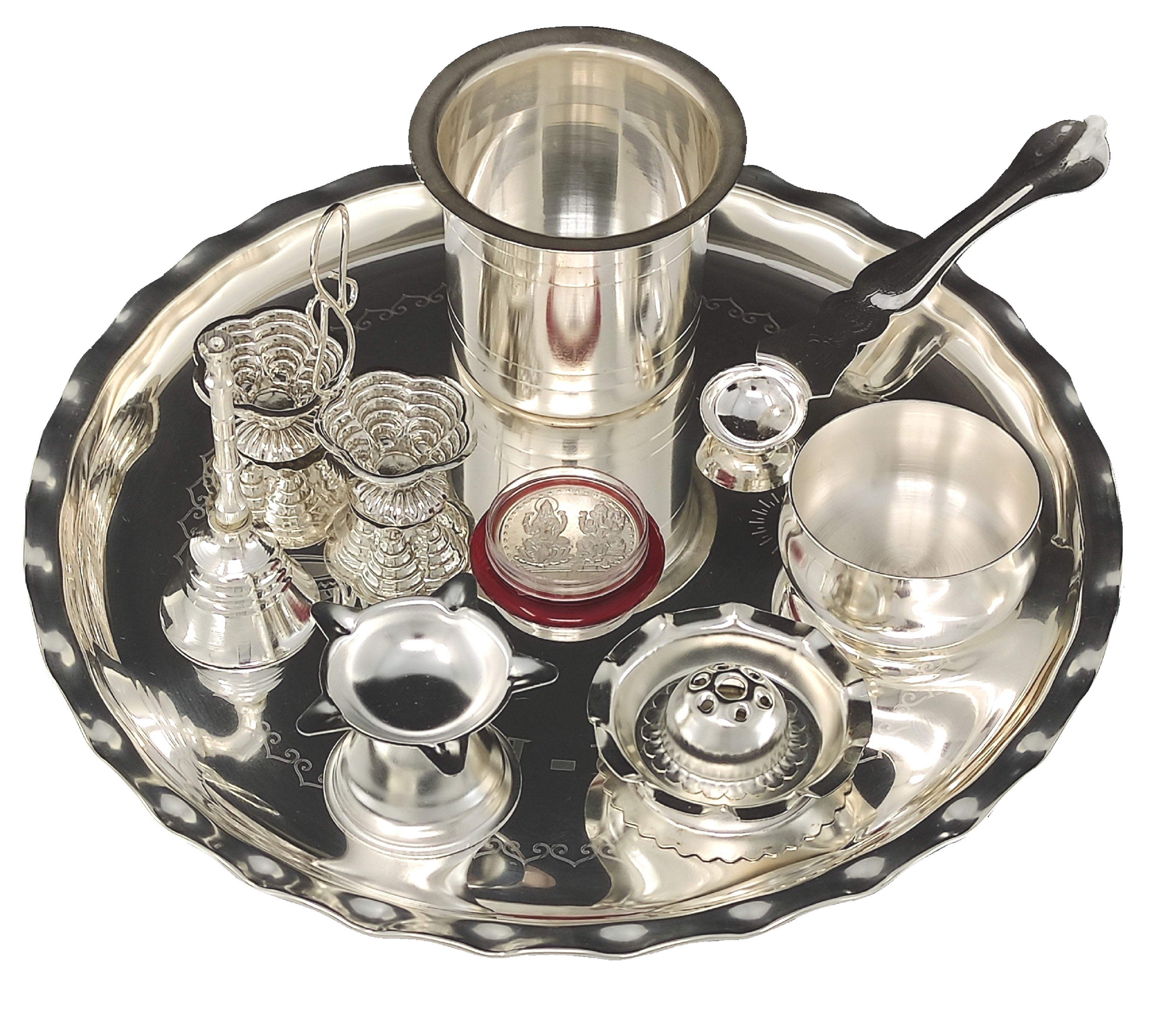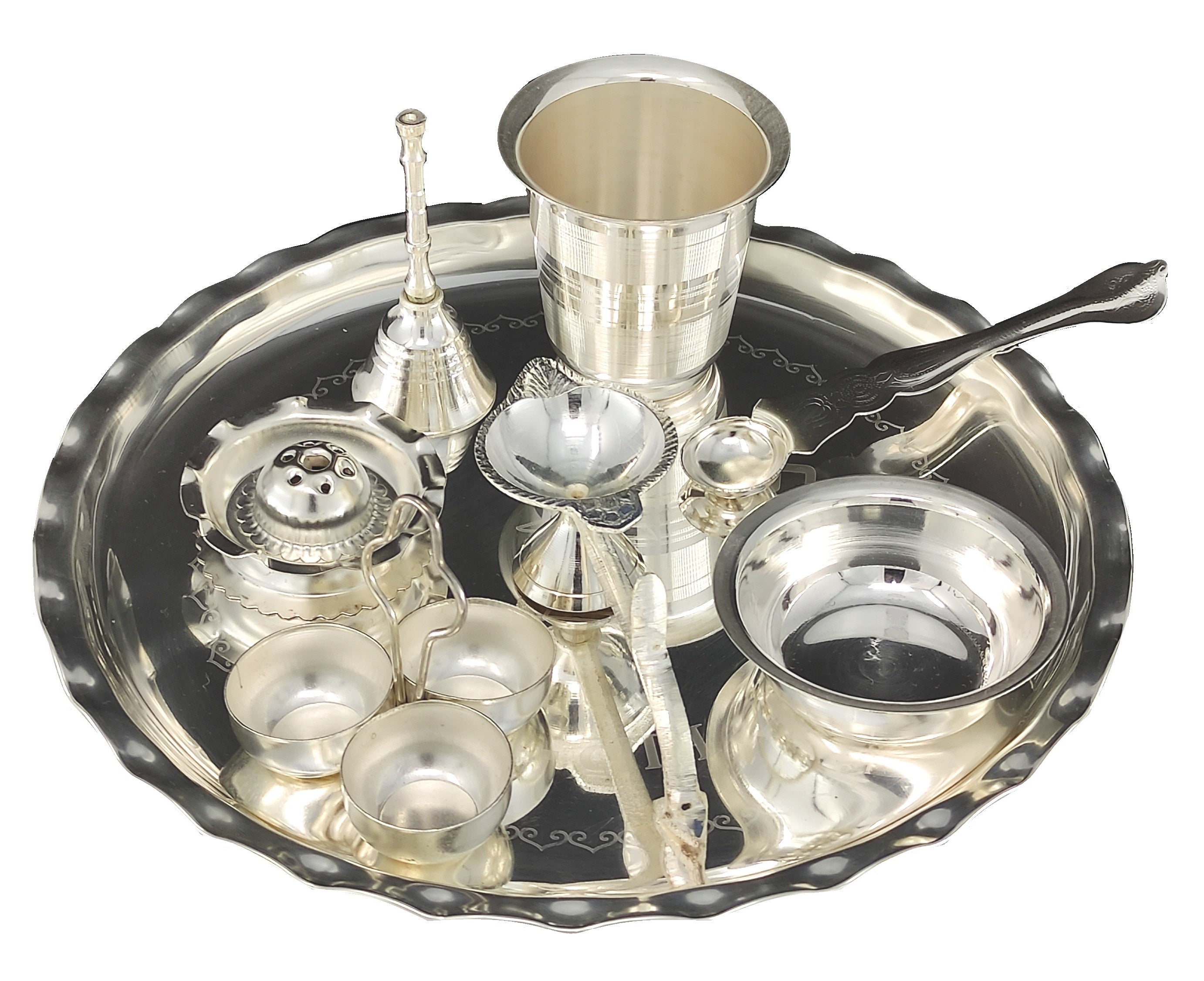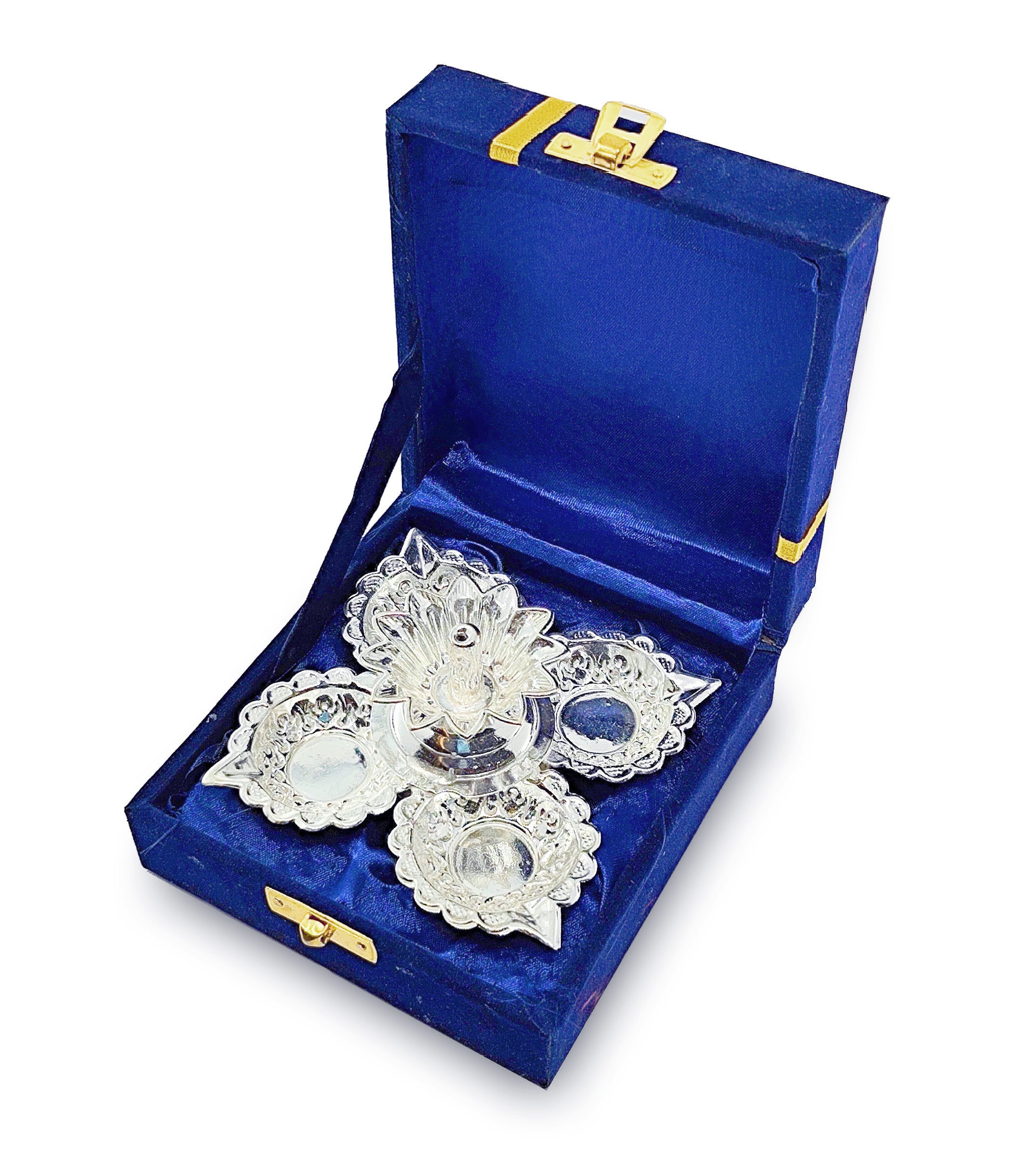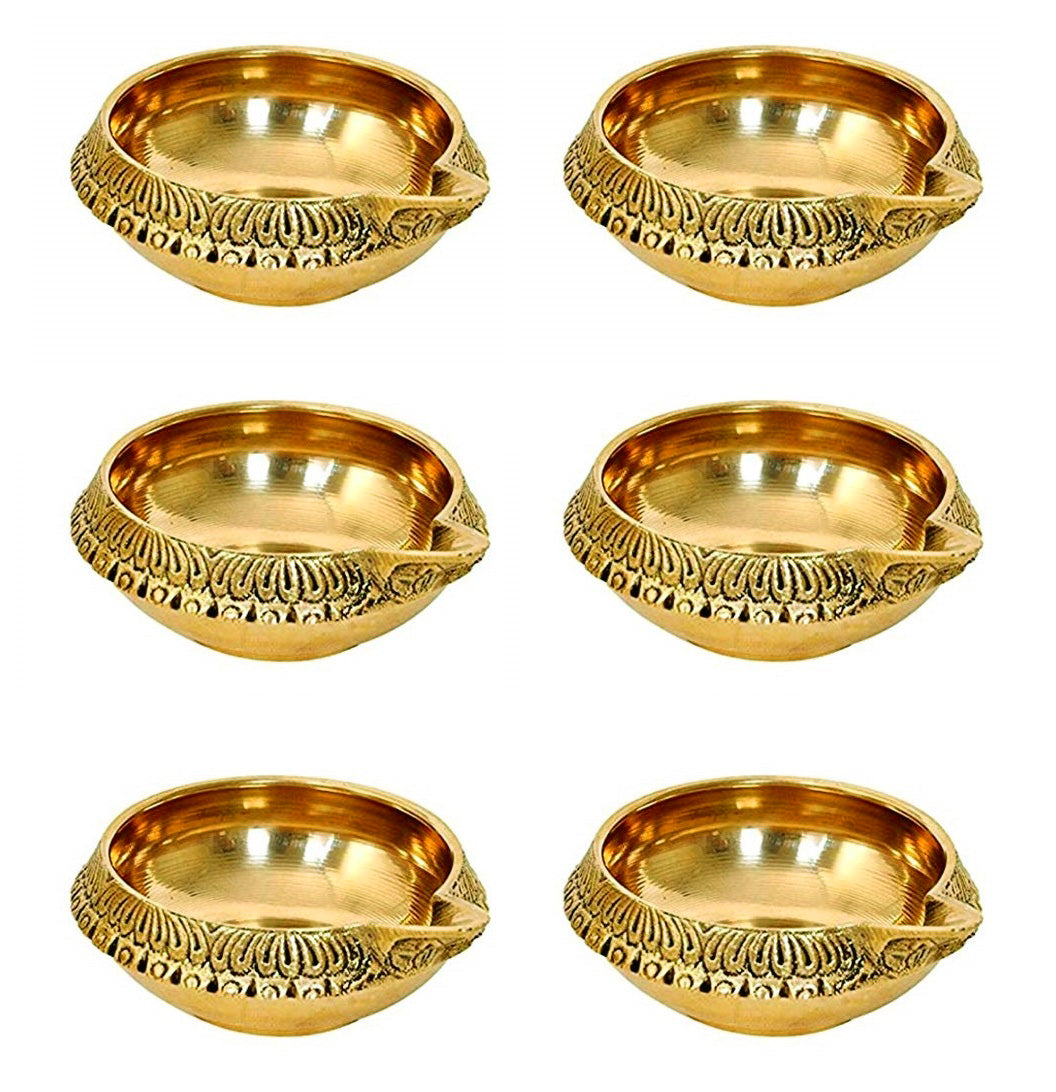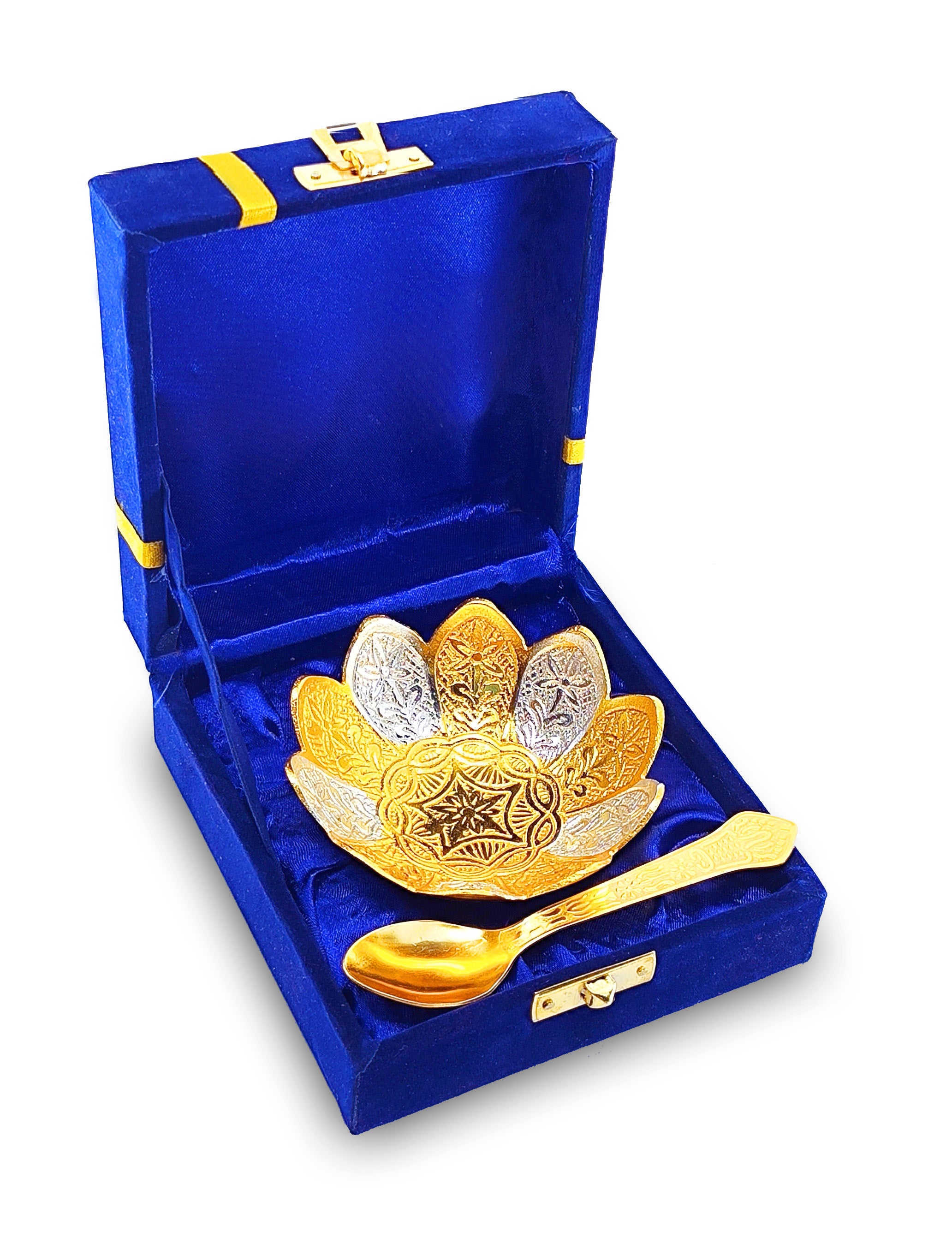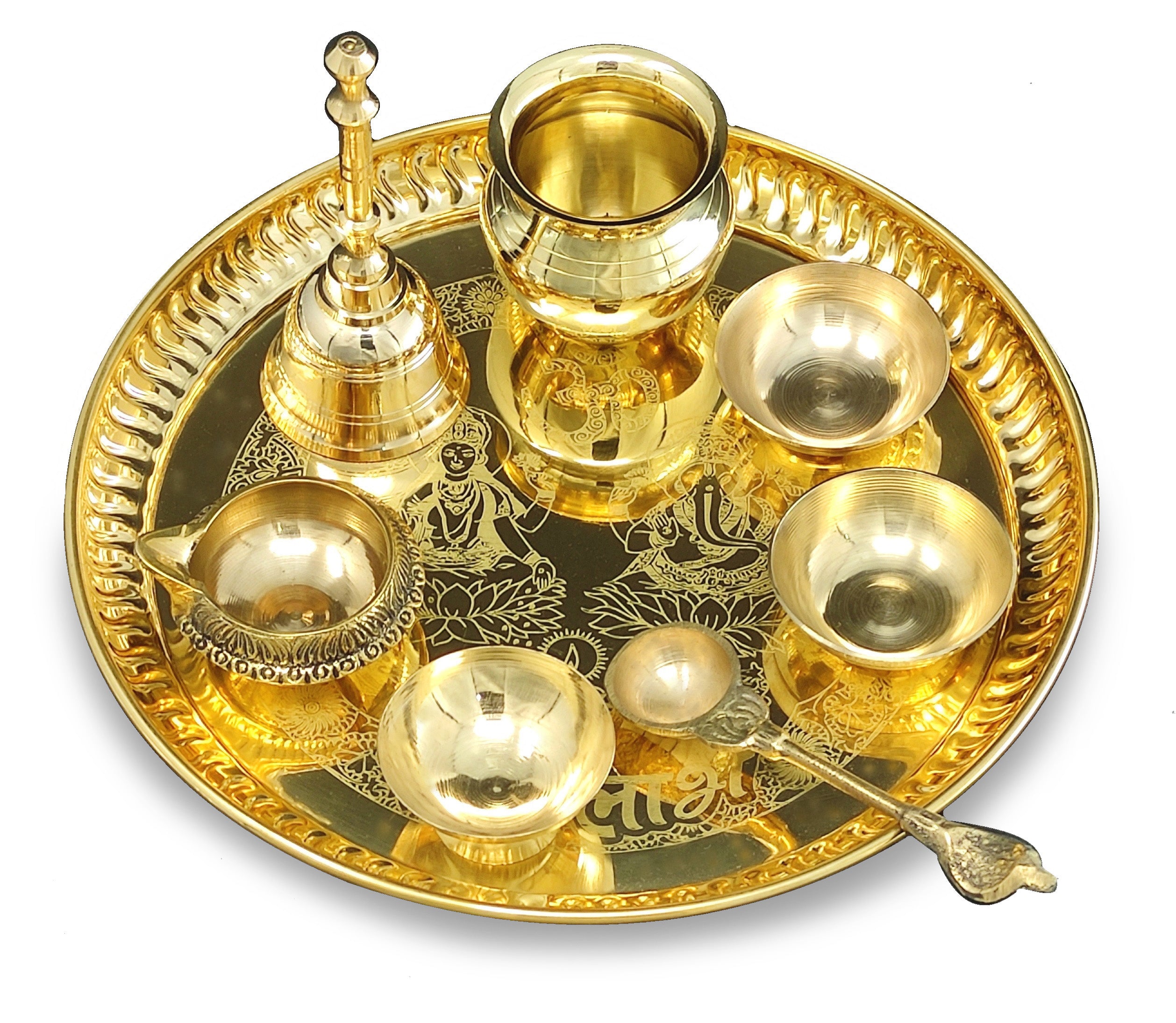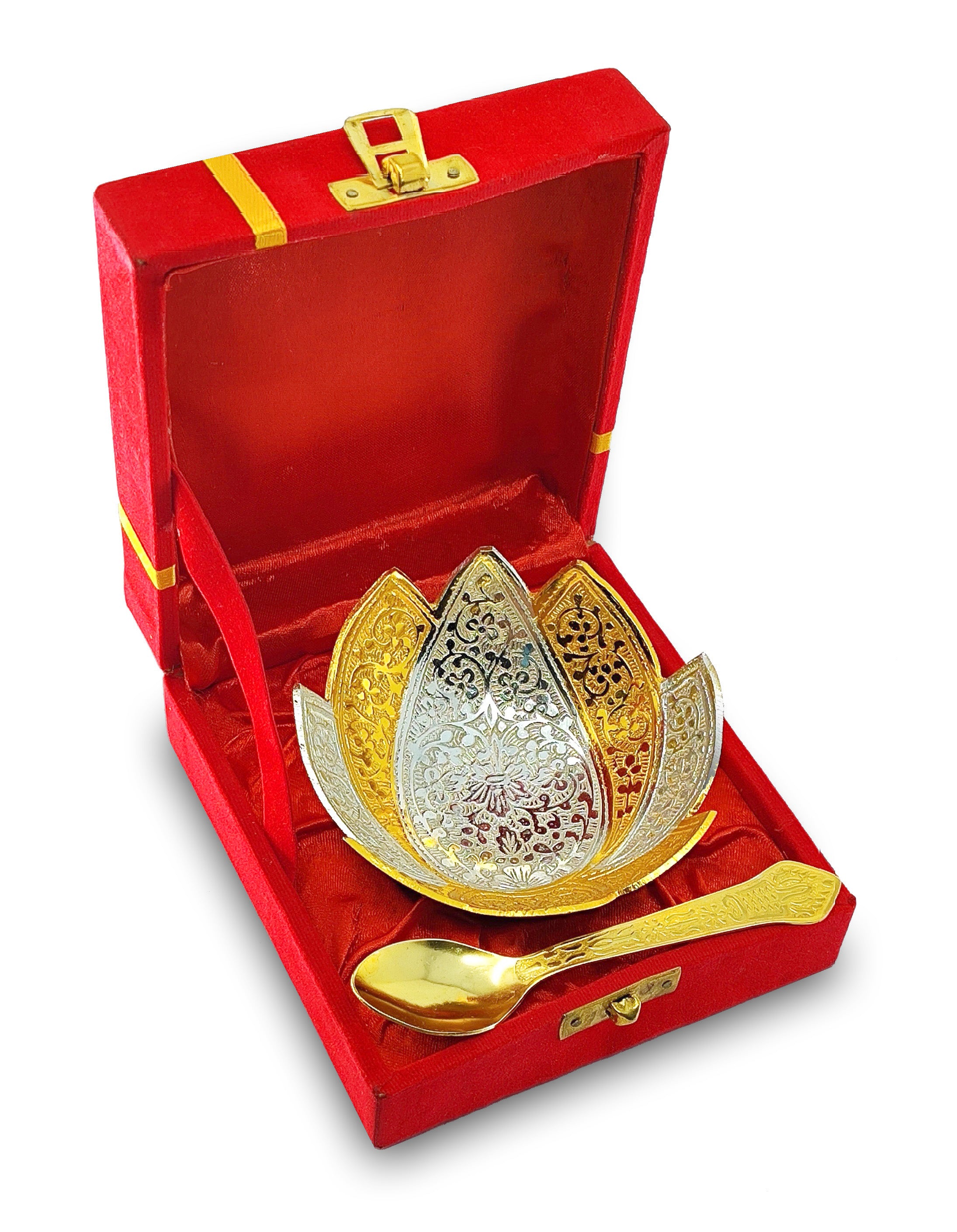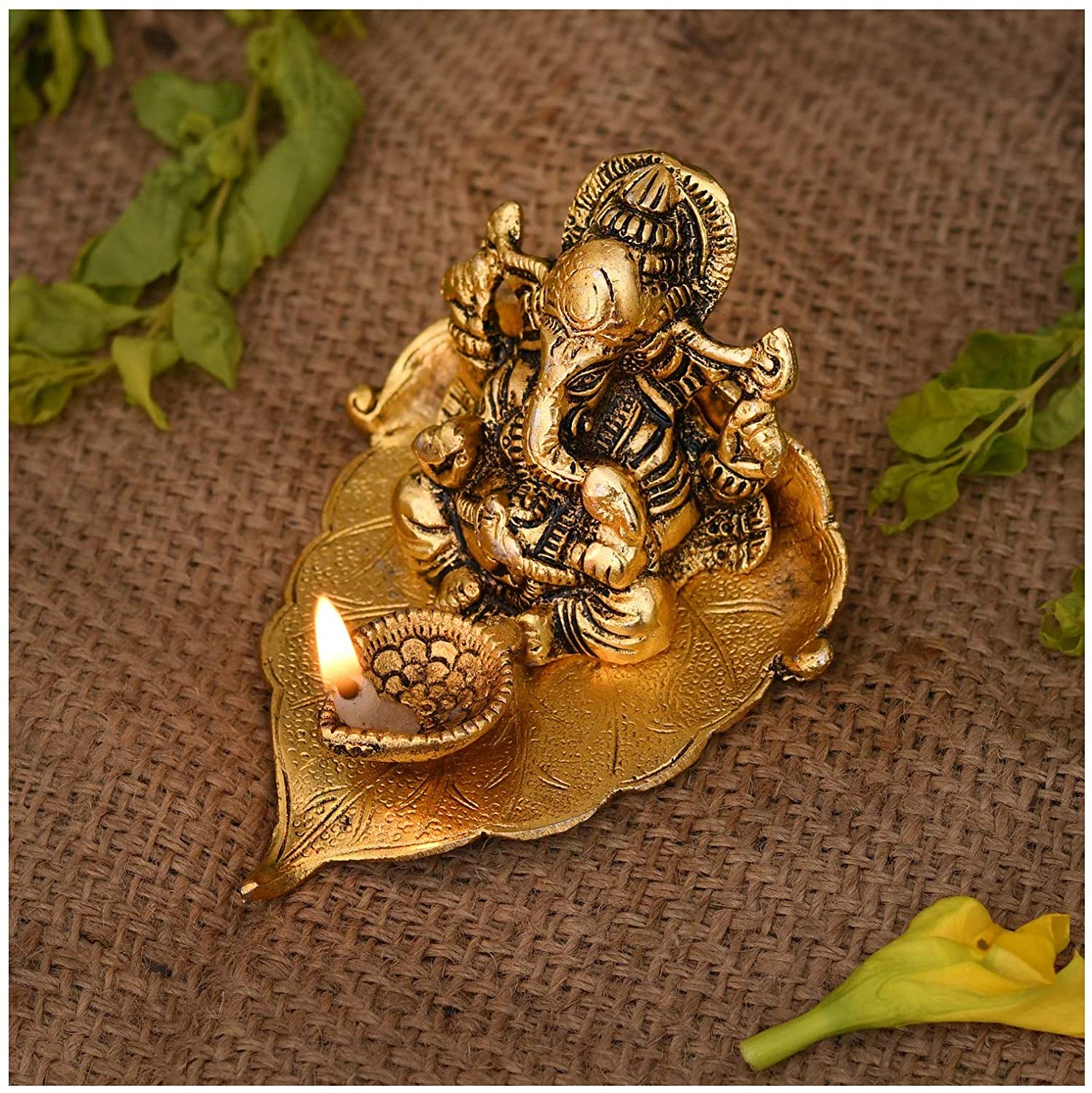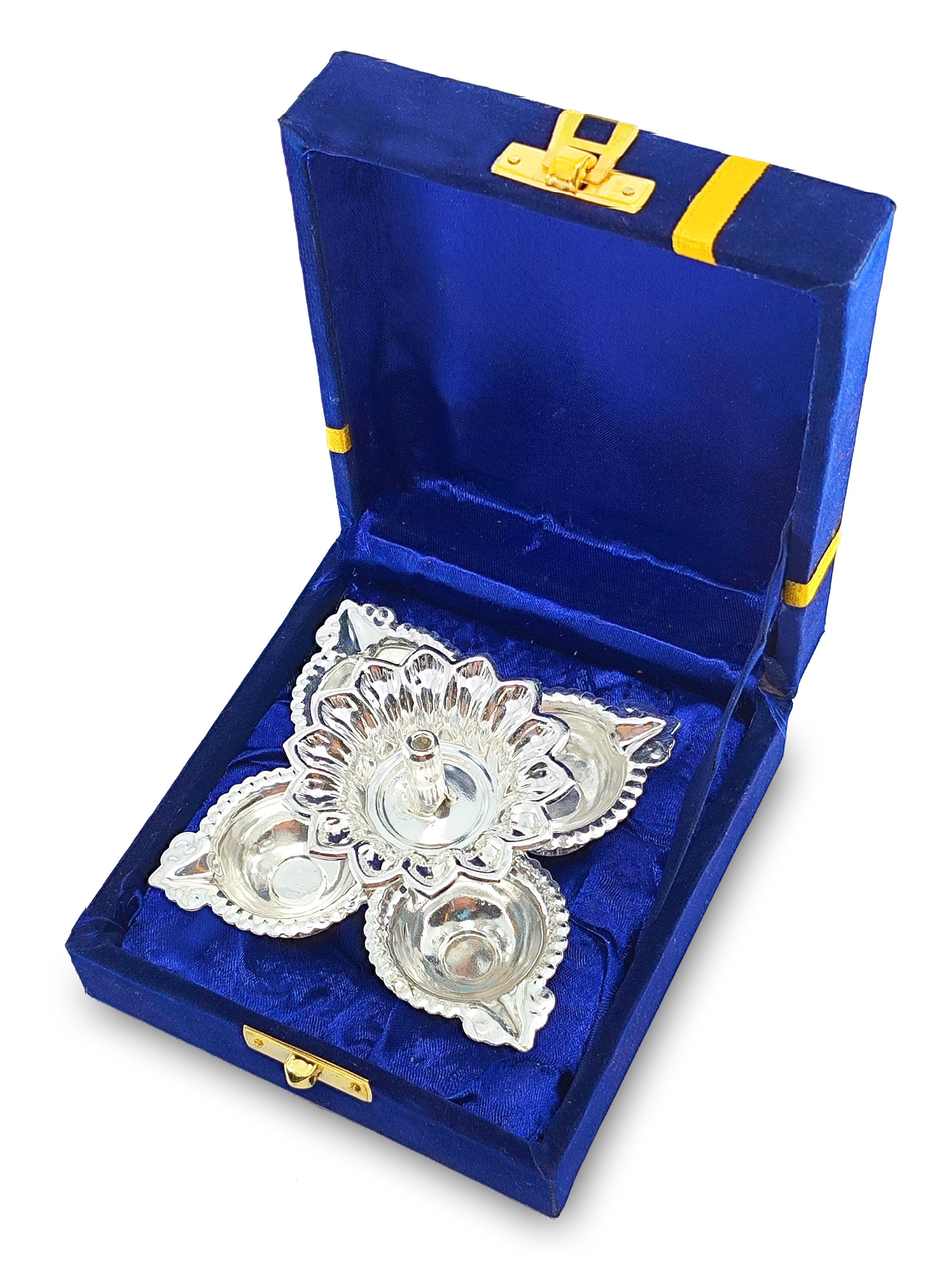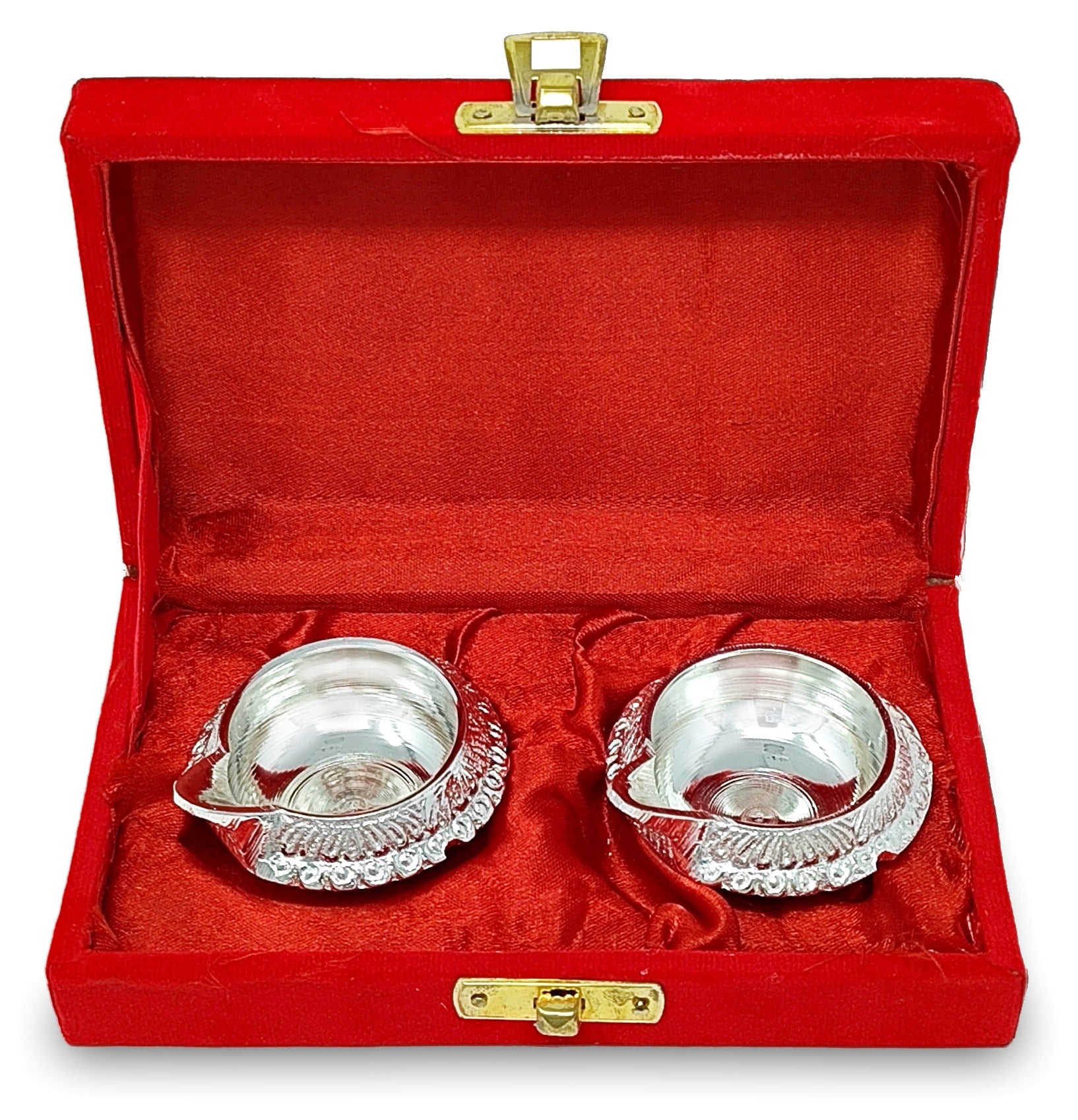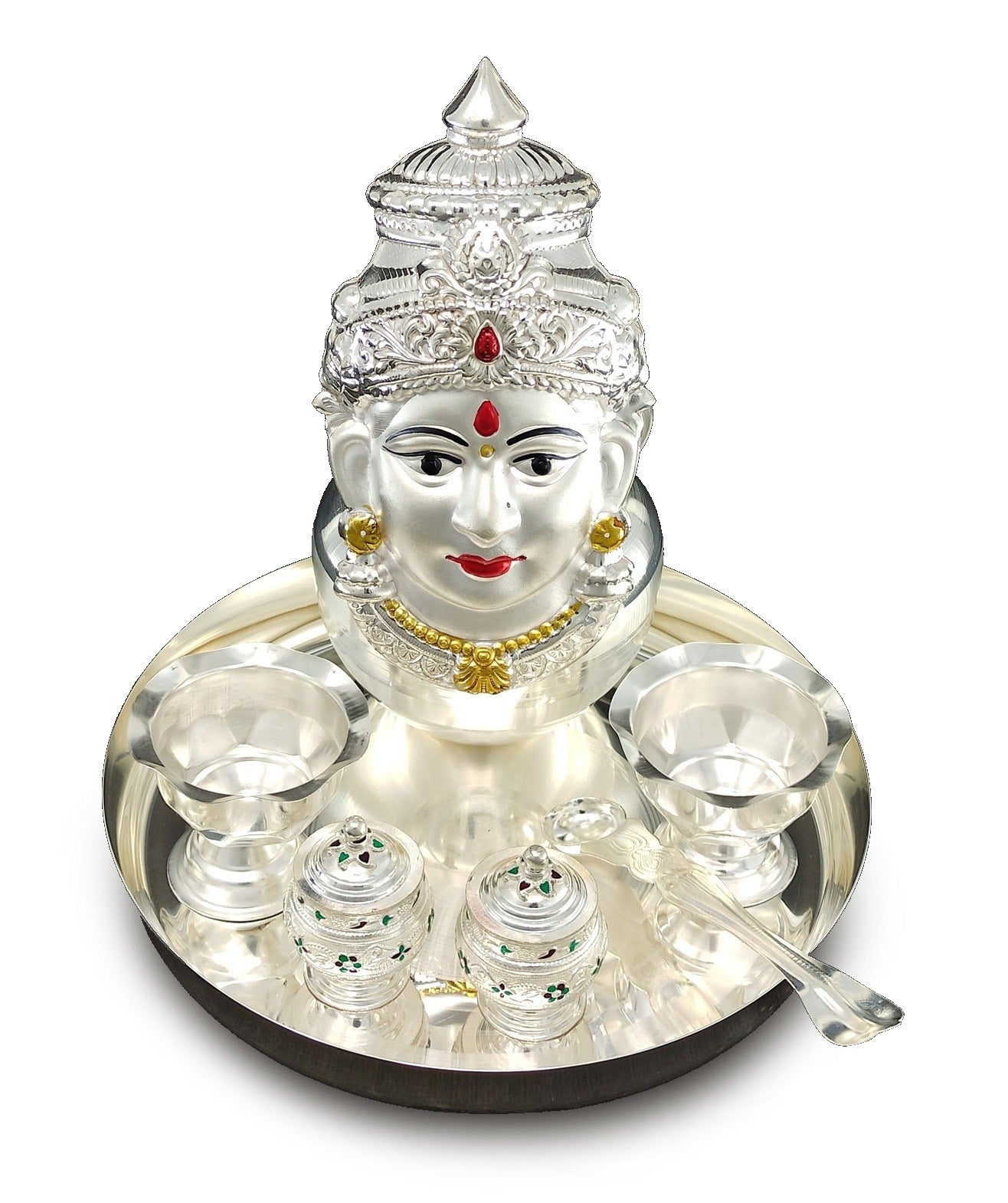Every year during June or July, the city of Puri in Odisha becomes the center of global attention as millions gather to celebrate one of India’s grandest spiritual festivals, Jagannath Rath Yatra, also known as the Chariot Festival. This isn’t just a religious event; it’s a vibrant celebration of unity, tradition, and divine love that dates back more than 800 years.
Unlike most deities who remain in the sanctum sanctorum, during this festival, Lord Jagannath, along with his siblings Lord Balabhadra and Goddess Subhadra, comes out in elaborately decorated wooden chariots to meet the devotees. The sight is not only inspiring but also deeply moving, as people from all walks of life, regardless of religion, caste, or background, have the chance to pull the chariots and feel close to the divine.
Each deity has a unique chariot. Lord Jagannath’s chariot, called Nandighosha, is the tallest and has 18 wheels. Lord Balabhadra’s Taladhwaja has 16 wheels, and Subhadra’s Darpadalan has 14 wheels. These chariots are constructed afresh every year using sacred neem wood, without using a single nail or metal component, testifying to centuries-old traditional craftsmanship.
The Divine Backstory
The Jagannath Temple is considered one of the holiest pilgrimage sites in India. According to ancient scriptures and legends, the Rath Yatra is symbolic of Lord Krishna’s desire to visit his birthplace, Mathura. Another tale says Goddess Subhadra expressed a wish to see the city, and her brothers accompanied her. The tradition of the Rath Yatra is said to fulfil these divine desires annually.
Historically, the festival has roots in the 12th century, when King Indradyumna is believed to have installed the idols of Lord Jagannath and his siblings. The idols are made of sacred wood and are replaced every 12 to 19 years in a ritual called Nabakalebara. Lord Jagannath’s large, round eyes represent his eternal watchfulness and presence in every devotee’s life.
Rituals that Bring the Festival to Life
The festival is preceded by weeks of preparation and rituals. One of the most important ones is Snana Purnima, where the idols are bathed with 108 pots of water. Following this, the deities are hidden away from public view for about 15 days in a ritual known as Anasara, signifying a divine illness. After this period, the deities reappear with a rejuvenated form during Netrotsava, also called the New Youth Festival.
On the day of Rath Yatra, the divine siblings are brought out of the temple in a grand procession called Pahandi Bije, where they are ceremoniously carried and placed on their respective chariots. Before the journey begins, the King of Puri performs a symbolic act called Chera Pahara, sweeping the chariot platforms with a golden broom. This represents that even the most powerful are servants in the eyes of the divine.
Then begins the most anticipated part of the festival, the pulling of the chariots. Thousands of devotees gather to pull the massive chariots with thick ropes, chanting the name of Lord Jagannath. The atmosphere is electric, filled with conch shells, drums, cymbals, and devotional songs. It is believed that participating in this act cleanses one’s past sins and brings spiritual merit.
The deities are taken to the Gundicha Temple, which is about 3 km away from the main Jagannath Temple. This is considered to be the home of their aunt, and the deities stay here for nine days. During this time, devotees offer prayers, and the temple comes alive with rituals and festivities. A special offering called Poda Pitha, a traditional Odia cake made from rice and jaggery, is offered to the Lord.
After their stay, the deities return to the main temple in a return journey called the Bahuda Yatra. Before entering the temple, the chariots halt briefly at the Mausi Maa Temple, where another round of rituals is conducted. On the day they re-enter, the deities are adorned with gold ornaments in a grand event called Suna Besha, which means “golden attire.”
More Than a Festival - A Global Cultural Celebration
The Jagannath Rath Yatra is not just limited to Odisha anymore. Over the years, it has been celebrated in various parts of India, such as Ahmedabad, Kolkata, and Chennai, and even internationally in countries like the UK, the USA, Australia, and Bangladesh. The message of spiritual unity and divine grace resonates with people across the globe. The term “juggernaut” in English, meaning an unstoppable force, is believed to have originated from the Rath Yatra.
It’s a beautiful representation of India’s cultural inclusiveness and spiritual harmony.
The festival also holds deep personal meaning for devotees. It is believed that pulling the chariot, or even witnessing the Yatra with devotion, can cleanse lifetimes of negative karma and bring peace, health, and spiritual growth. For locals, it’s a matter of immense pride and spiritual responsibility to be part of a tradition that has remained unchanged for hundreds of years.
Date & Time
Ratha Yatra on Friday, June 27, 2025
Dwitiya Tithi Begins - 01:24 PM on Jun 26, 2025
Dwitiya Tithi Ends - 11:19 AM on Jun 27, 2025
